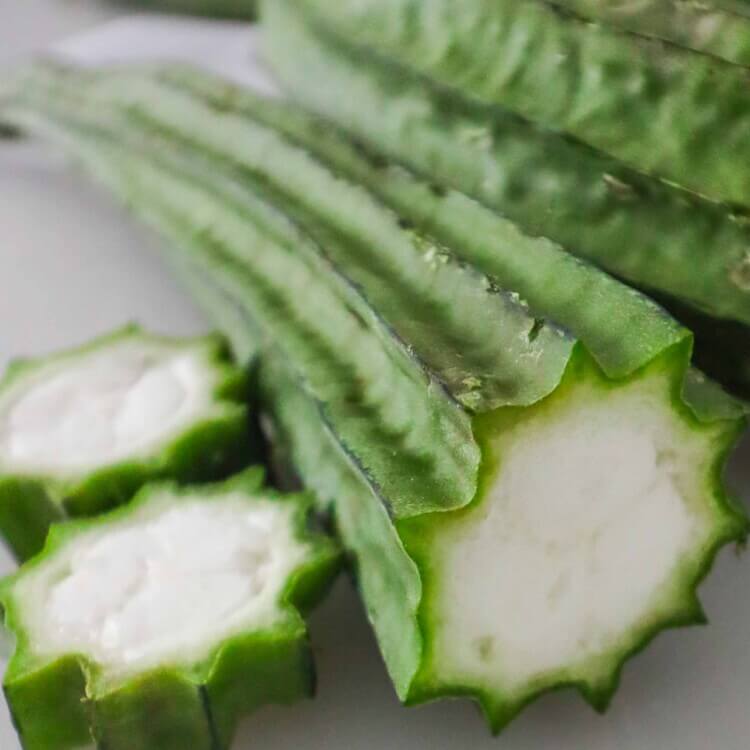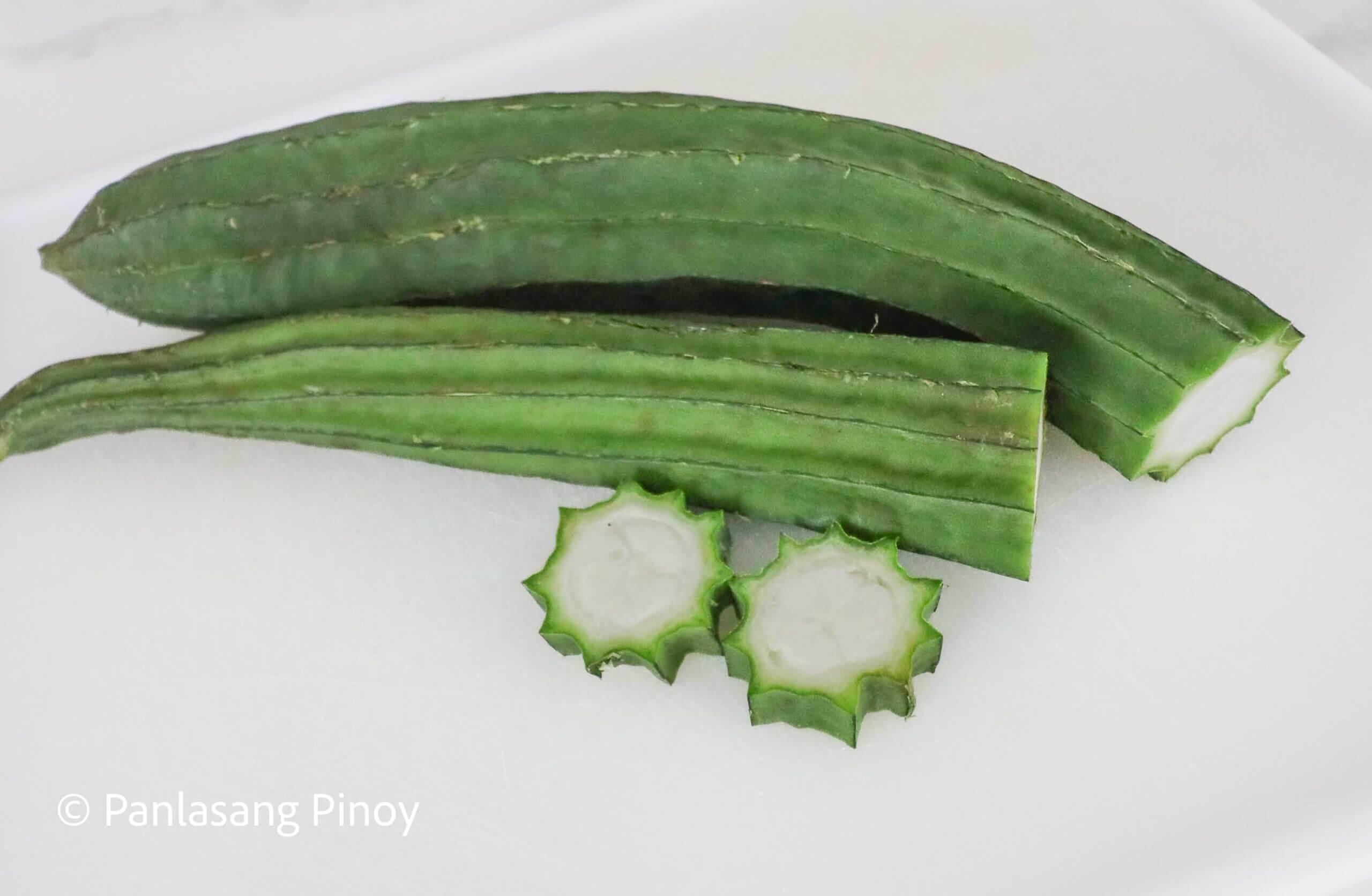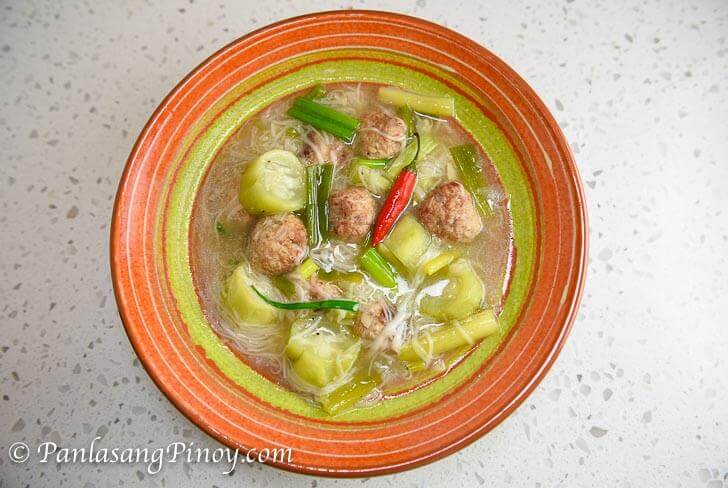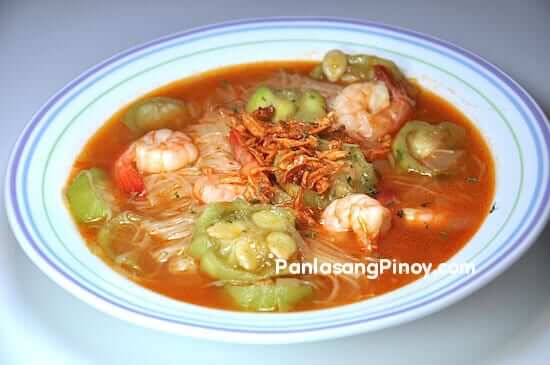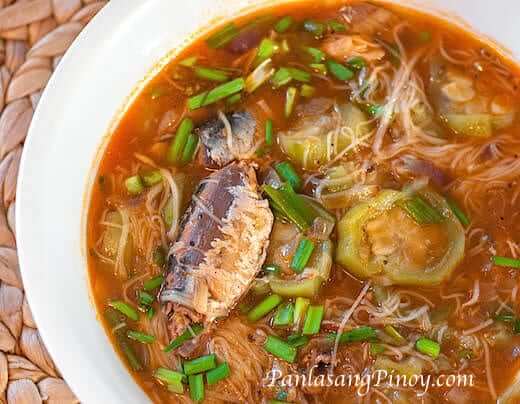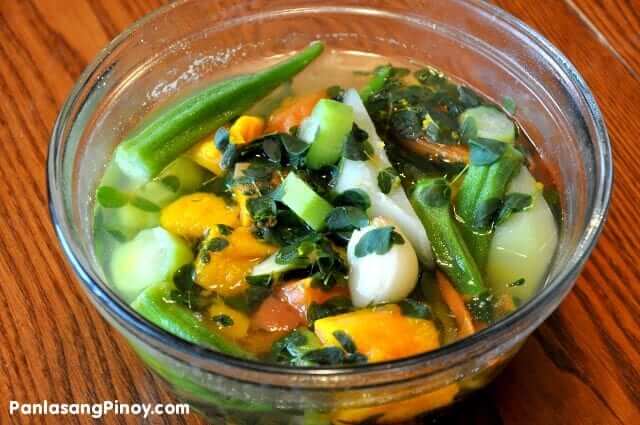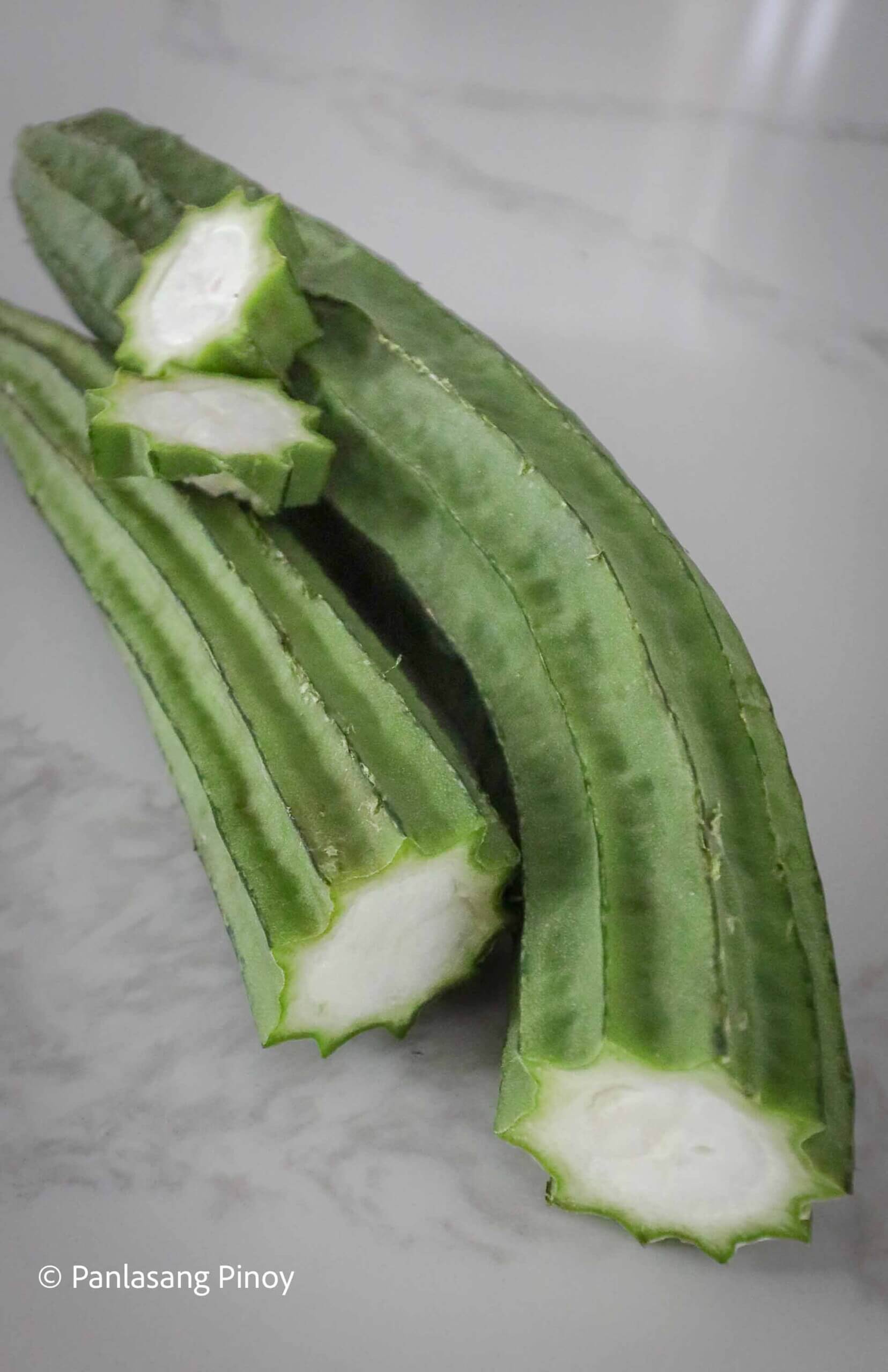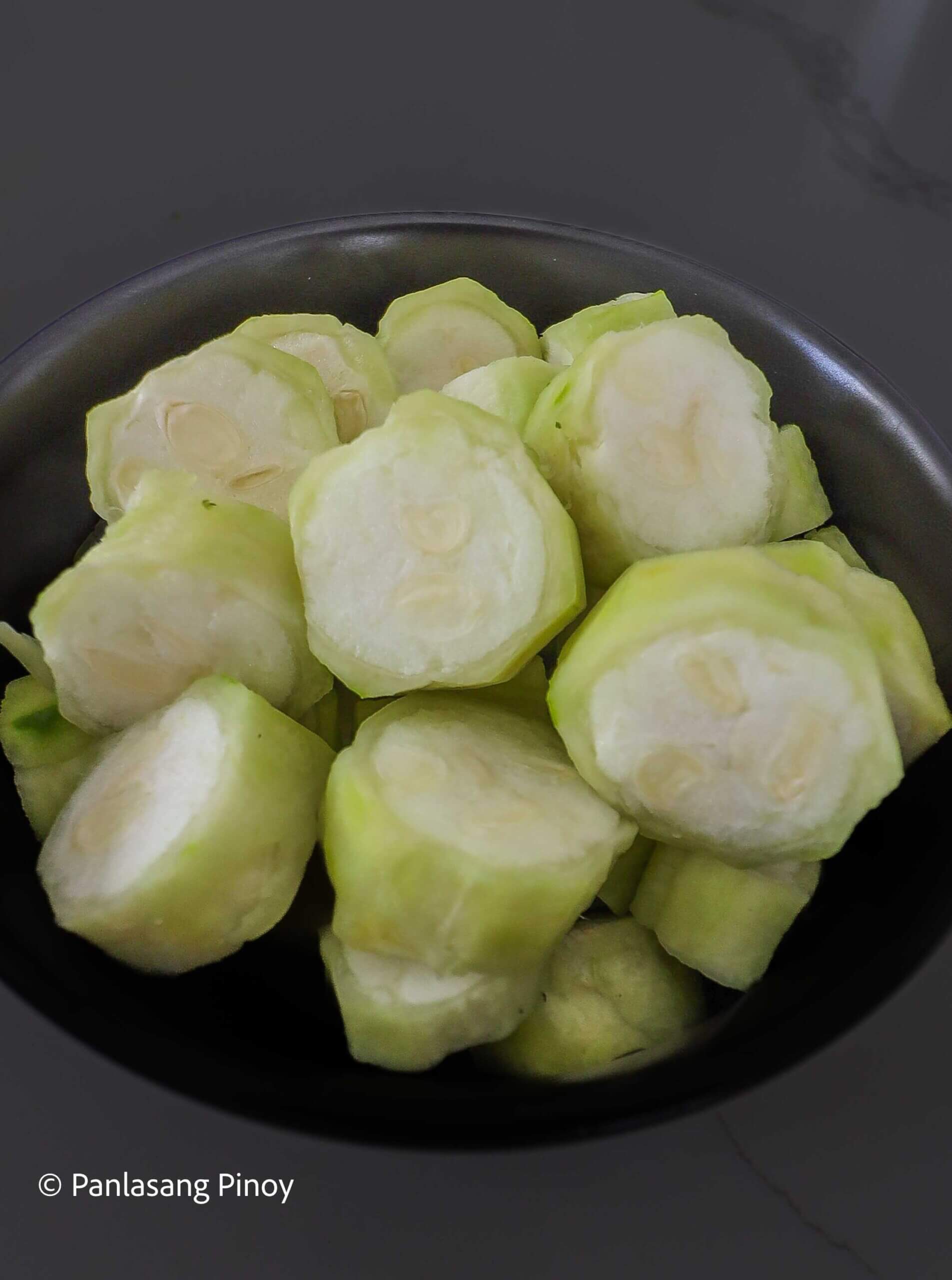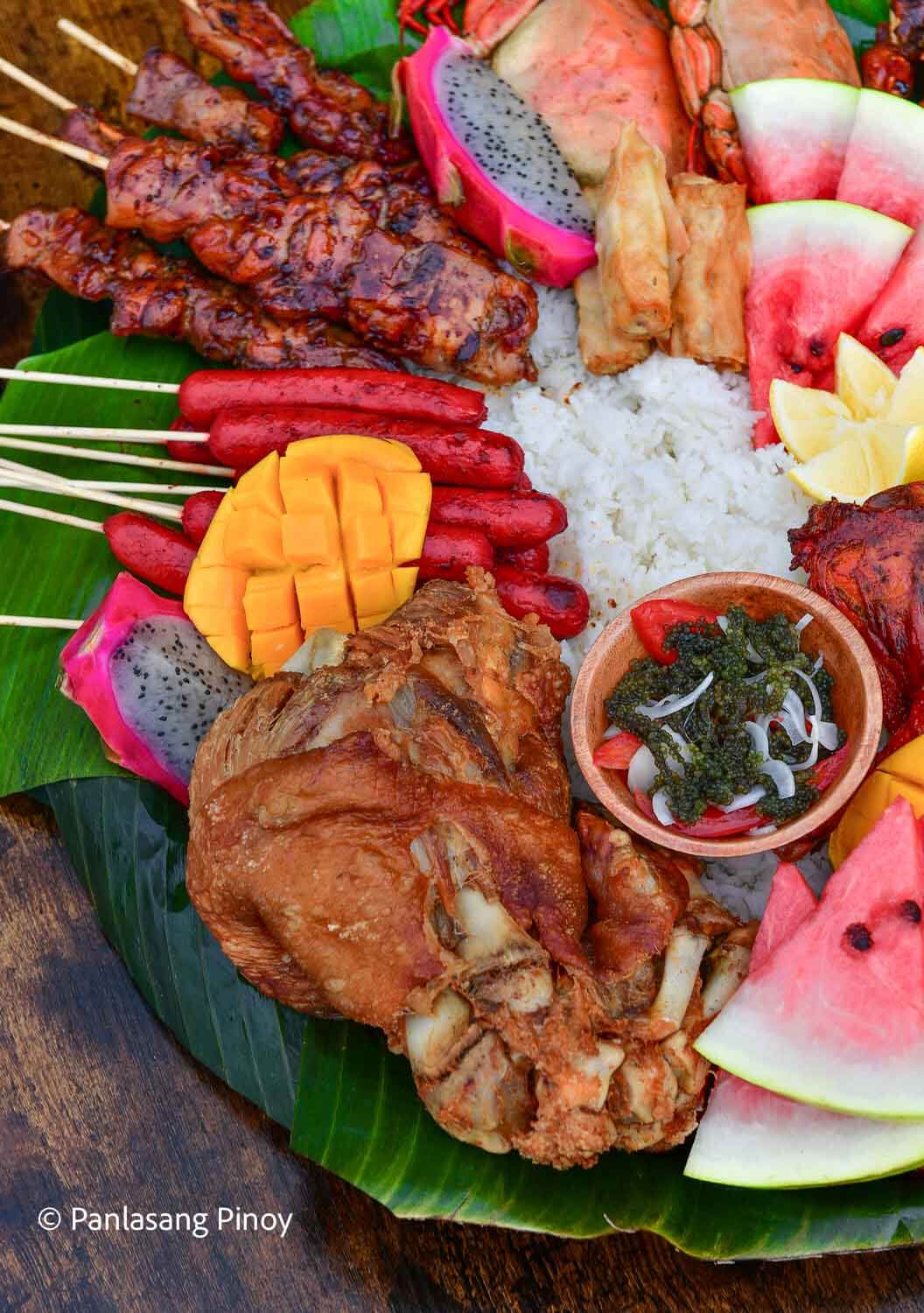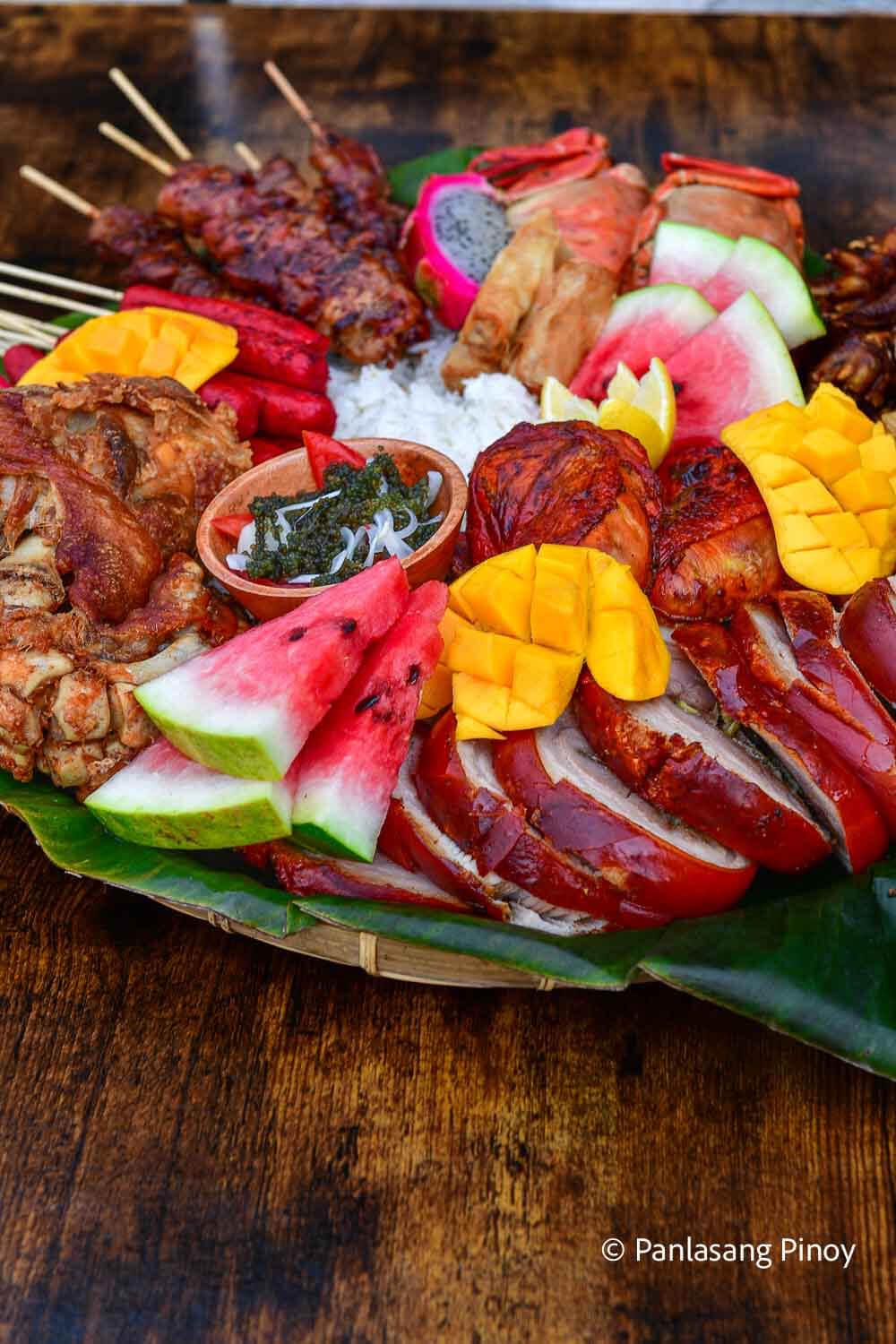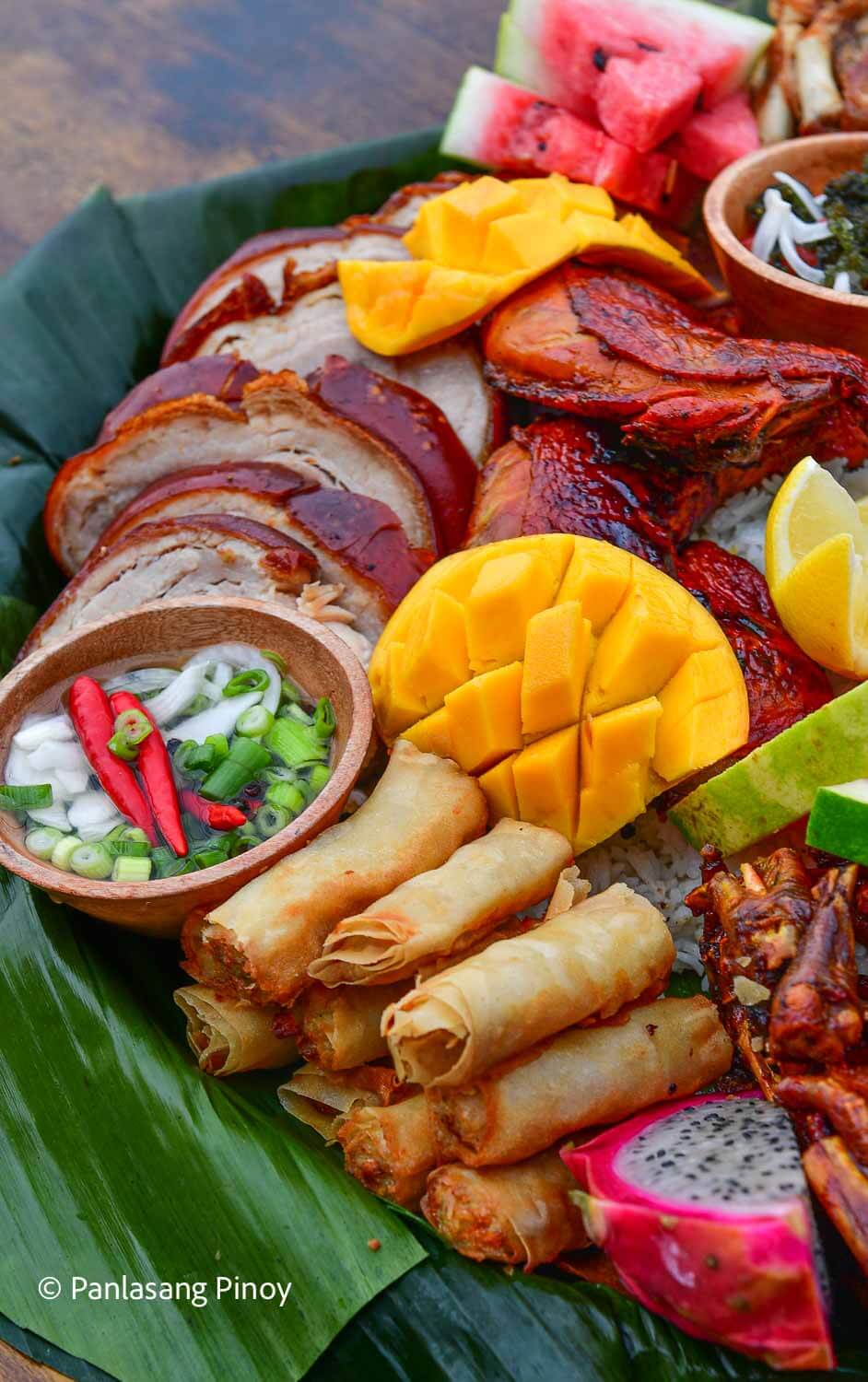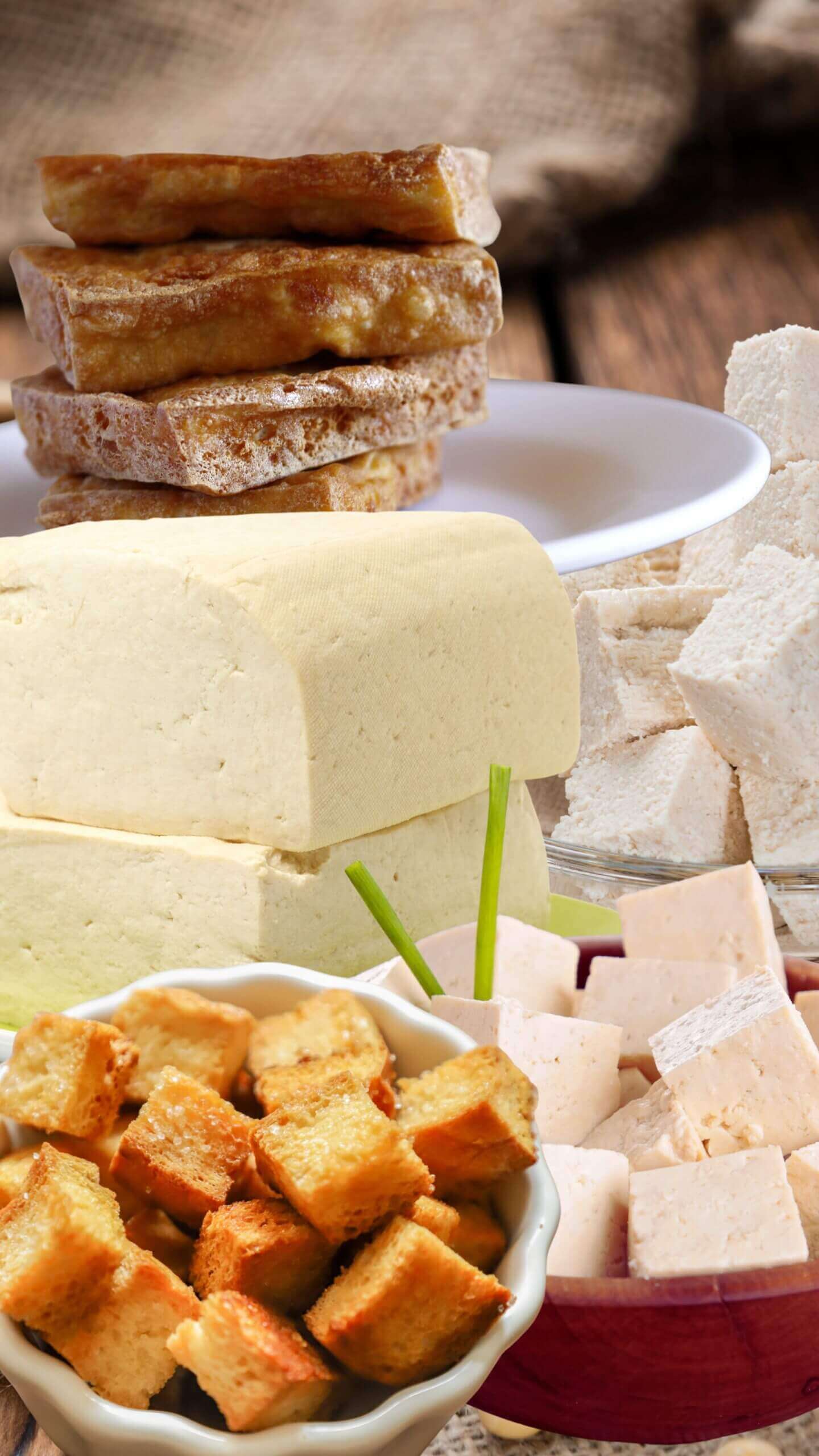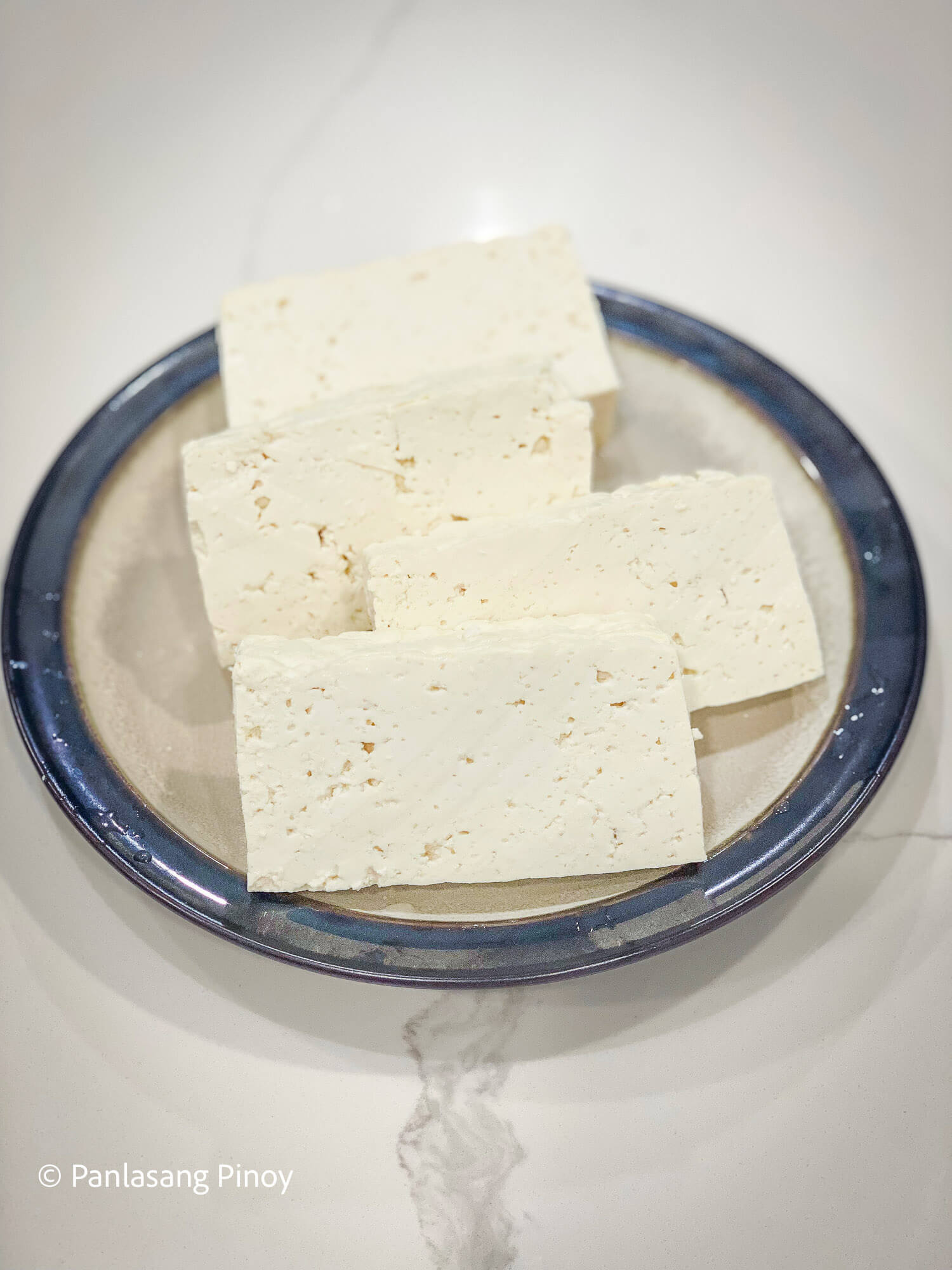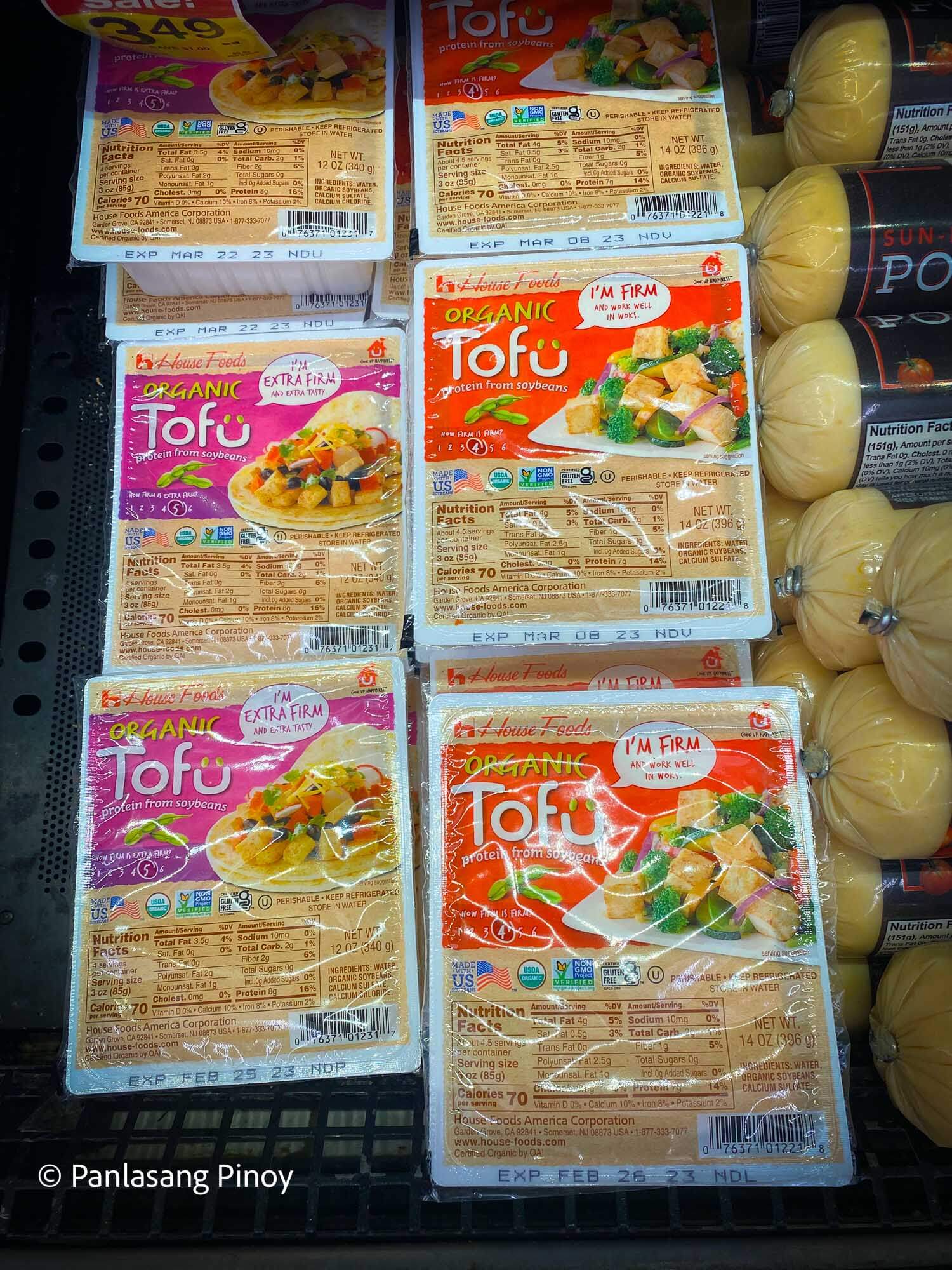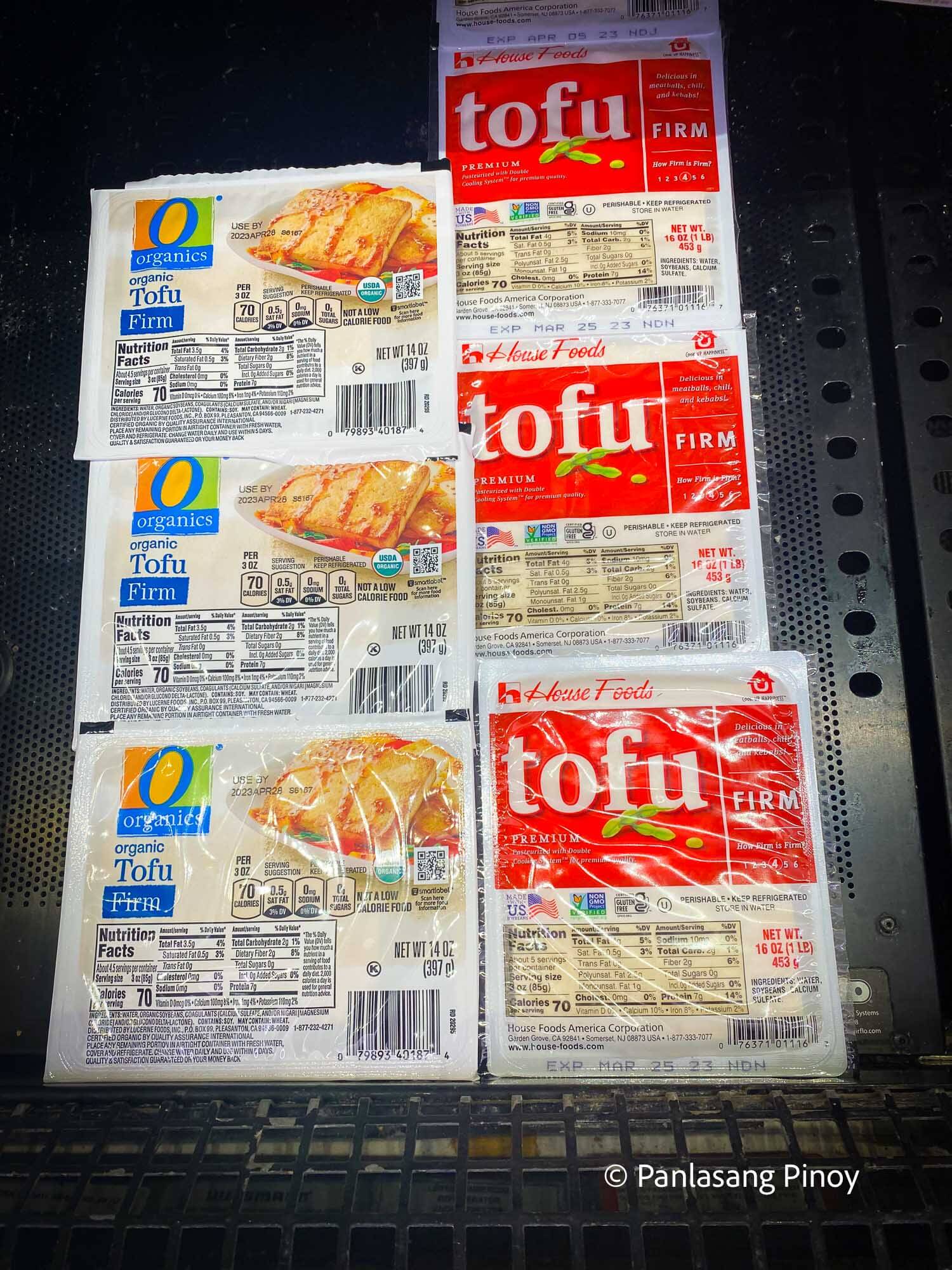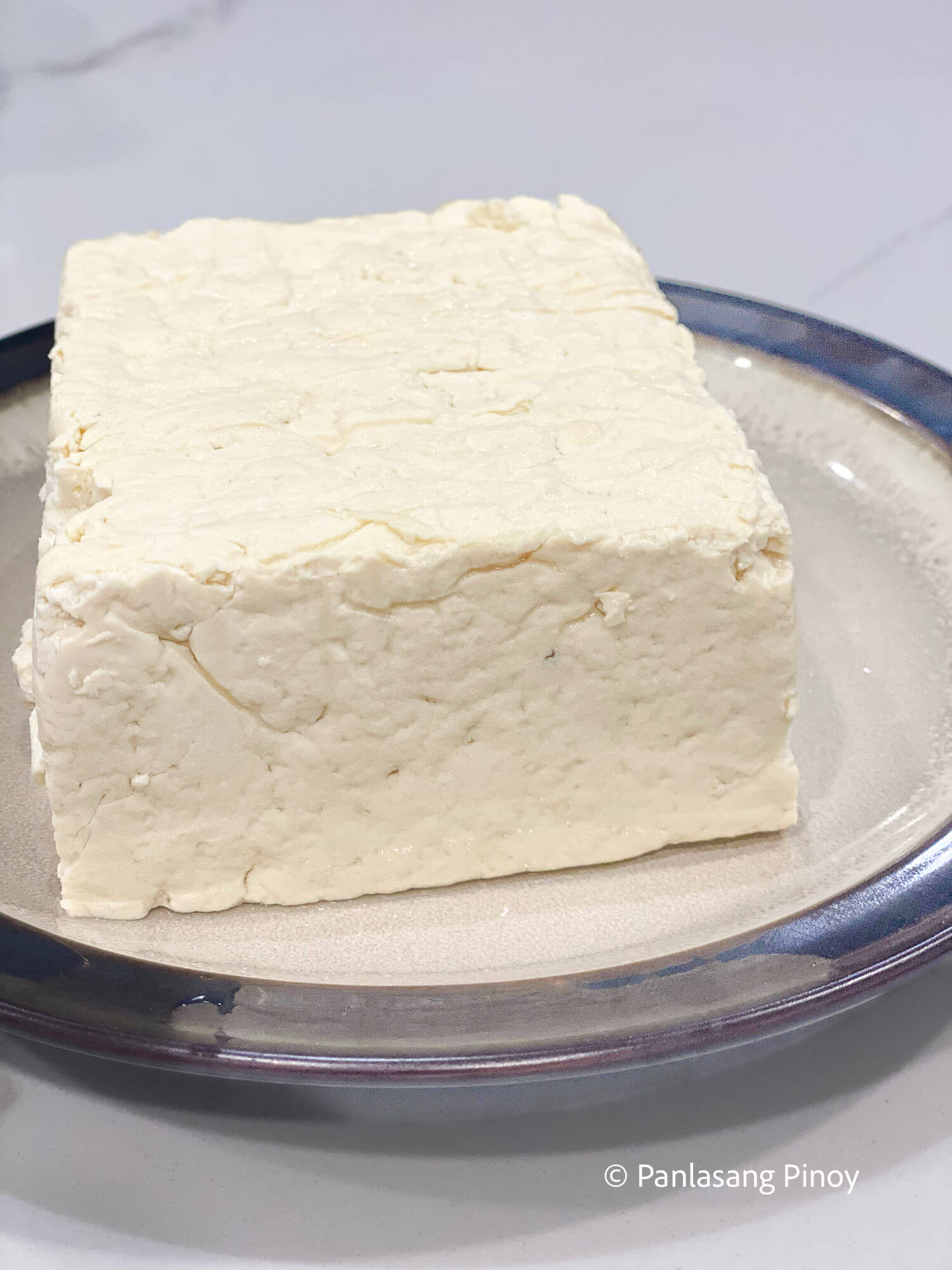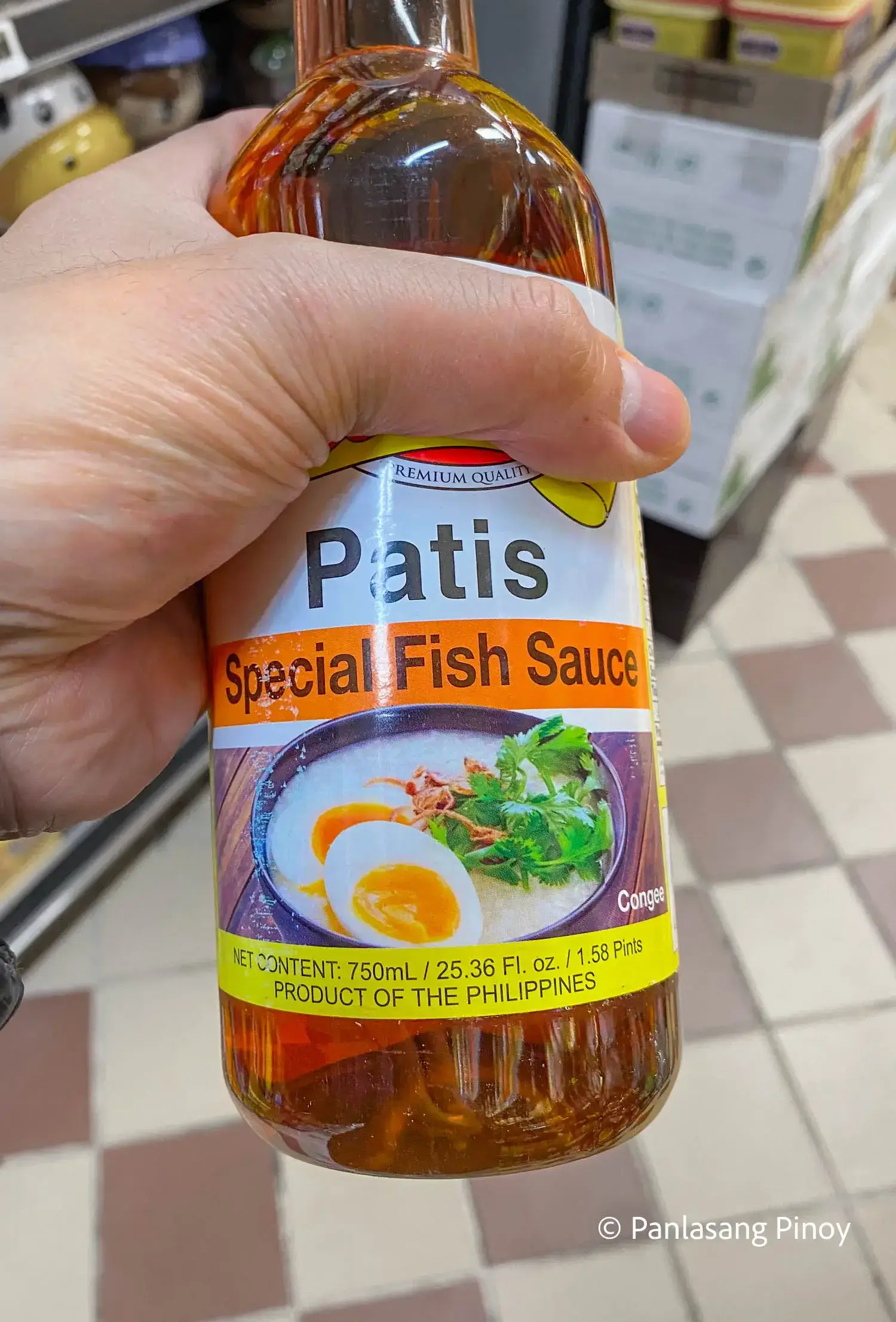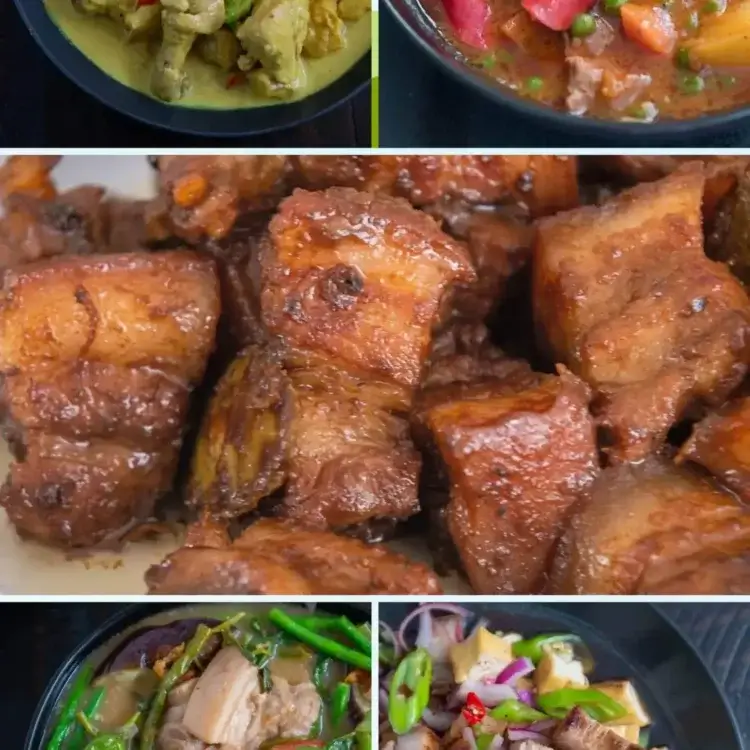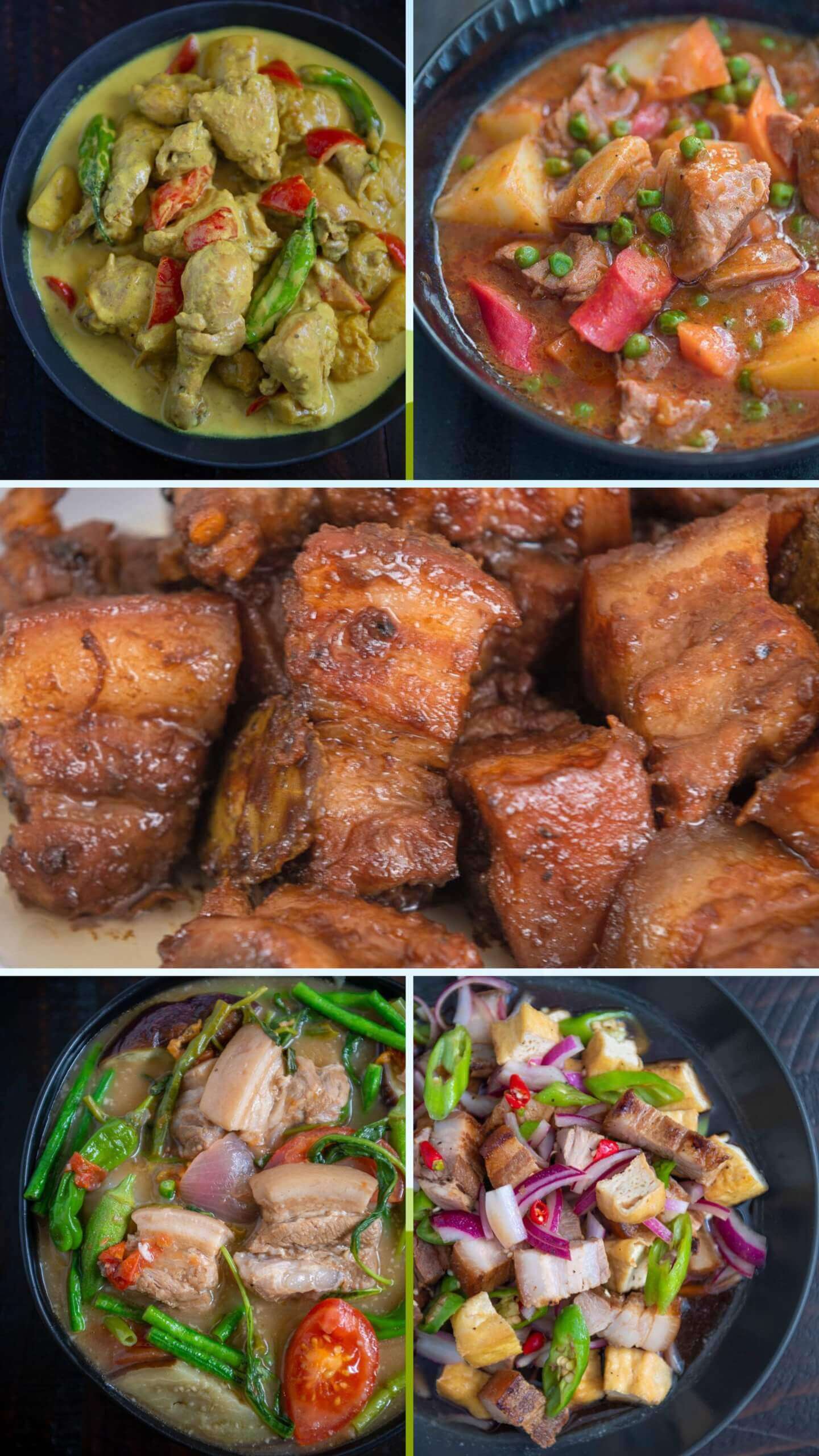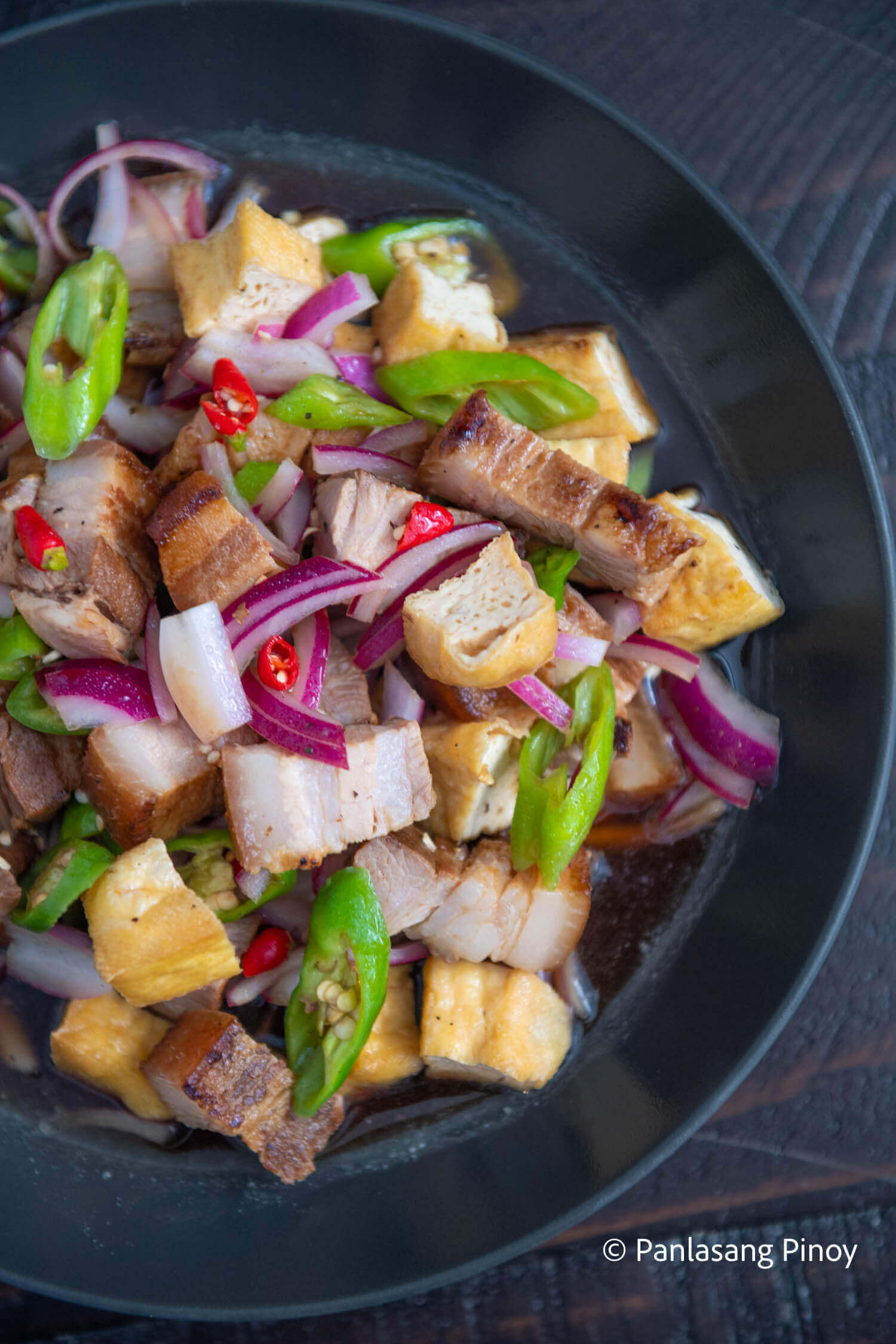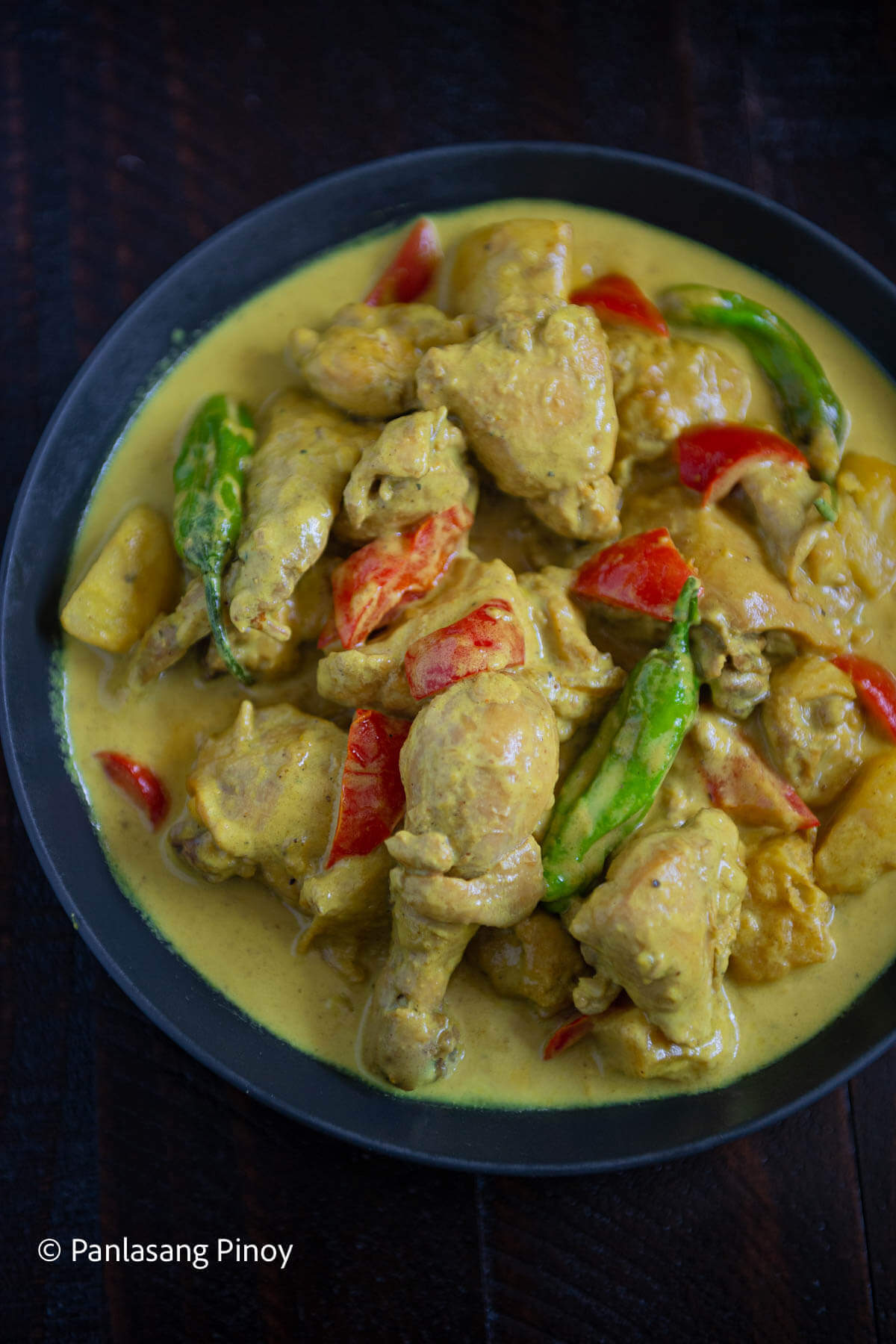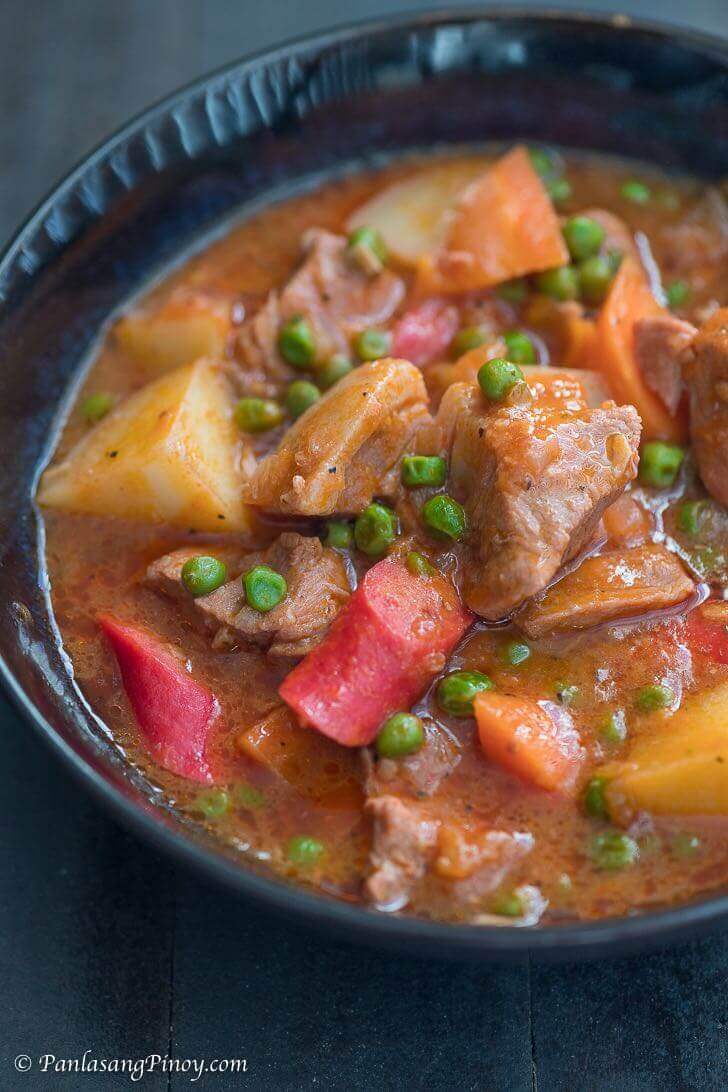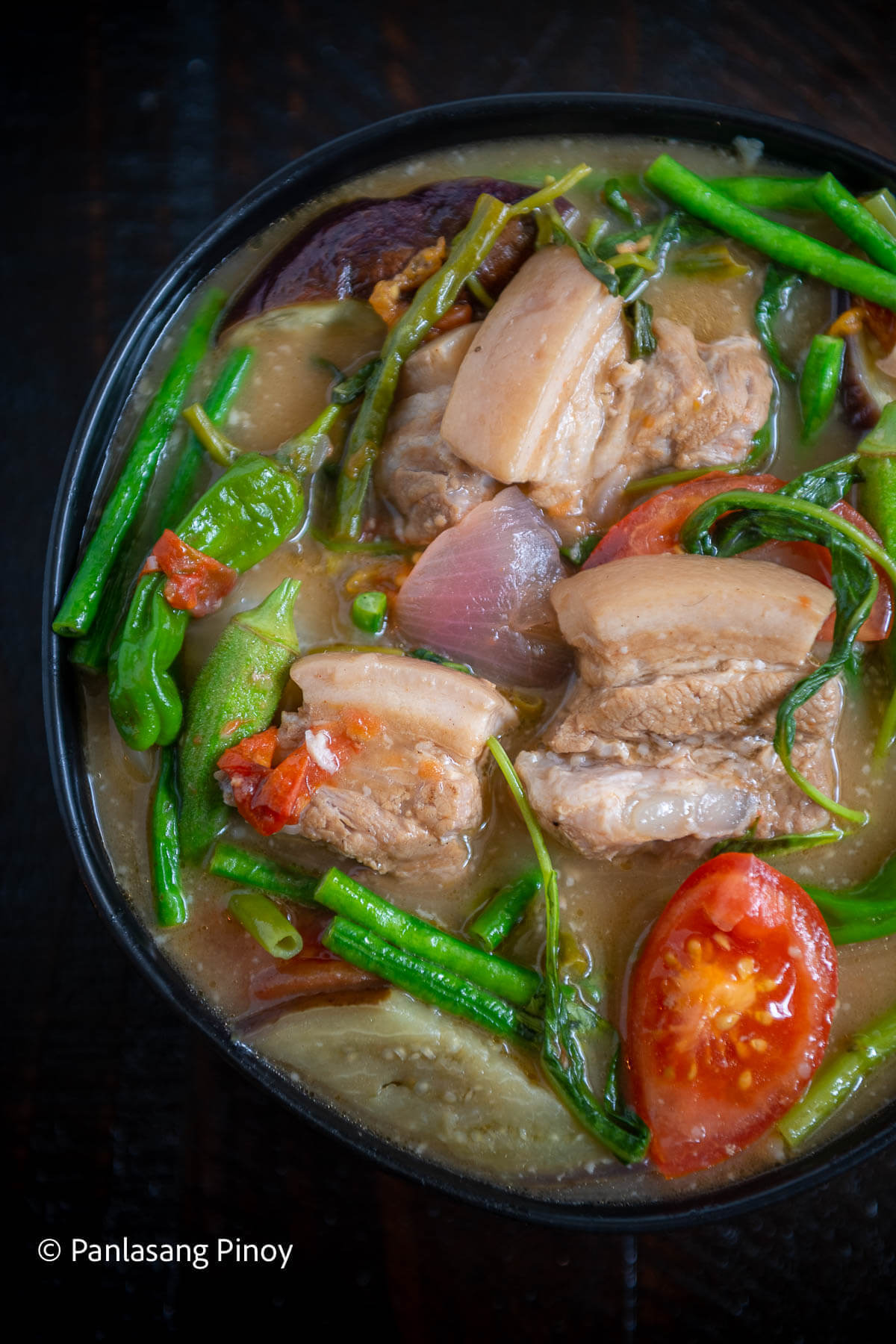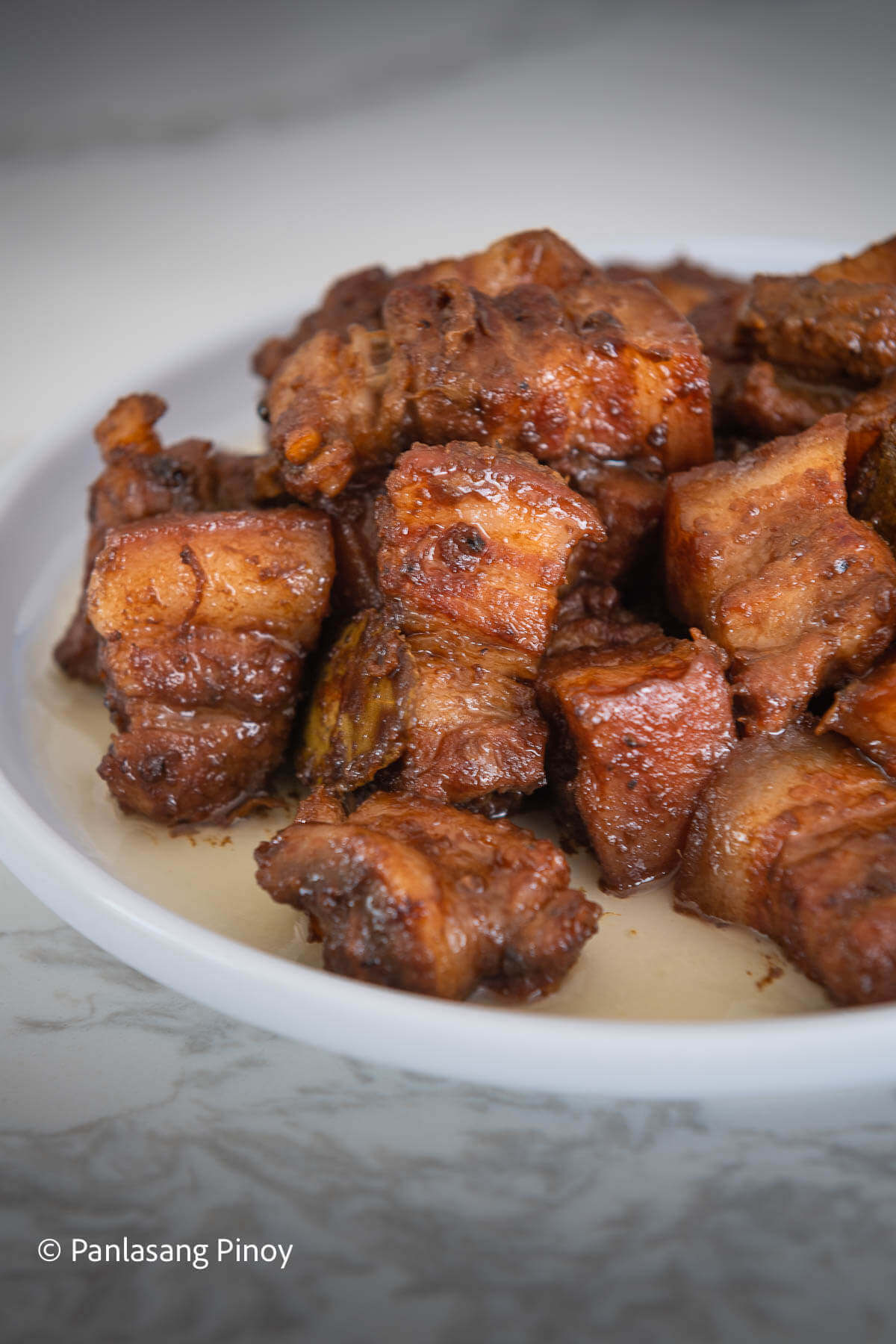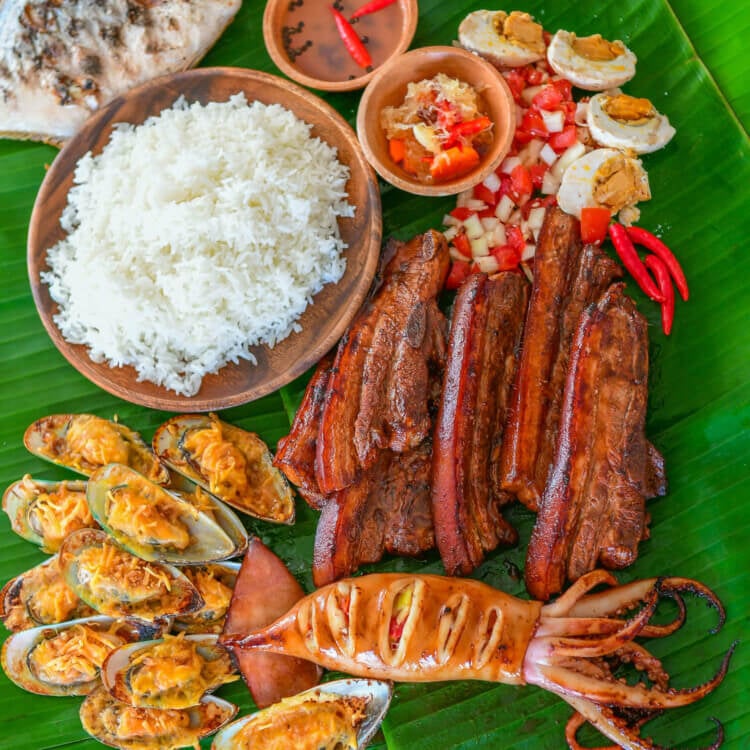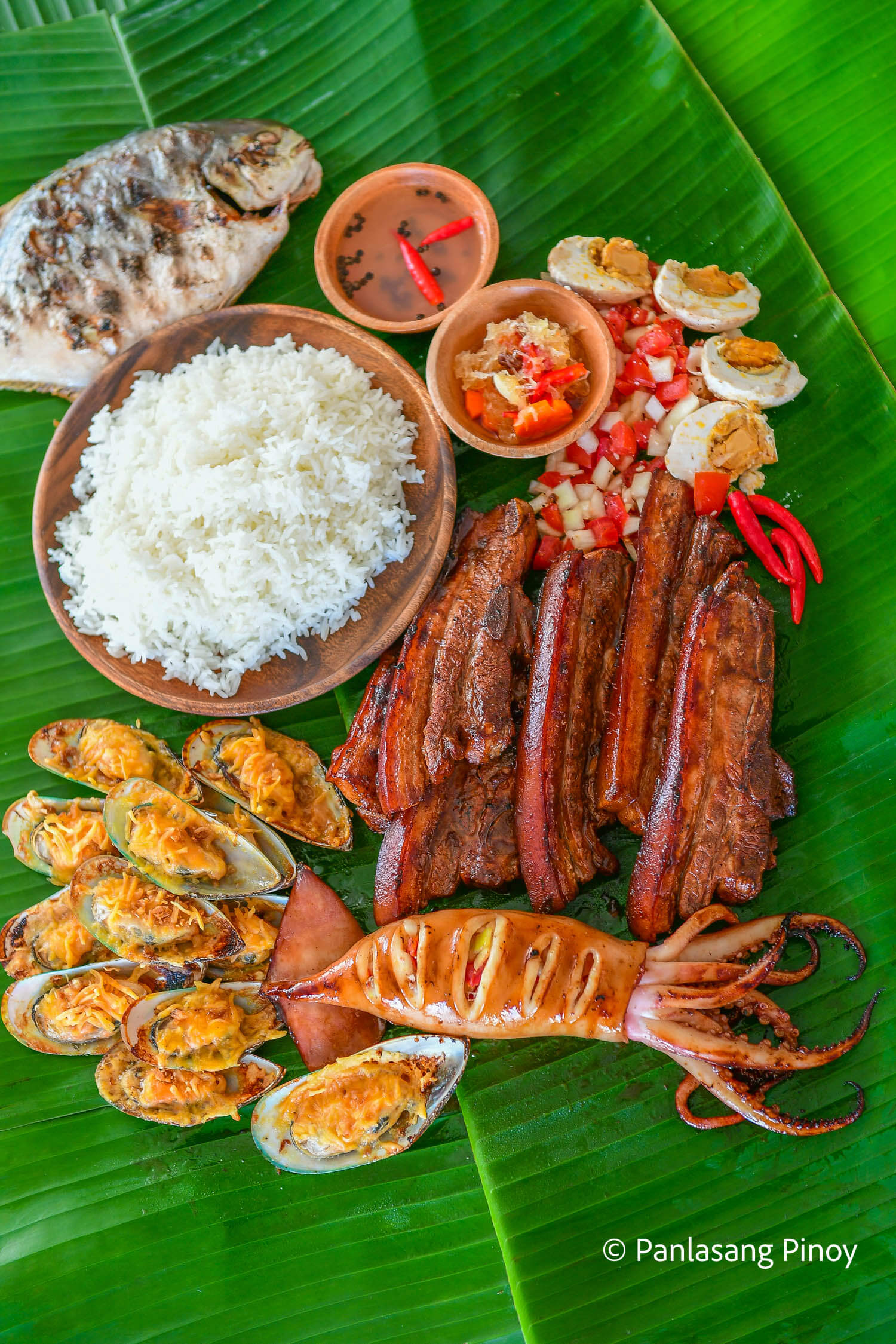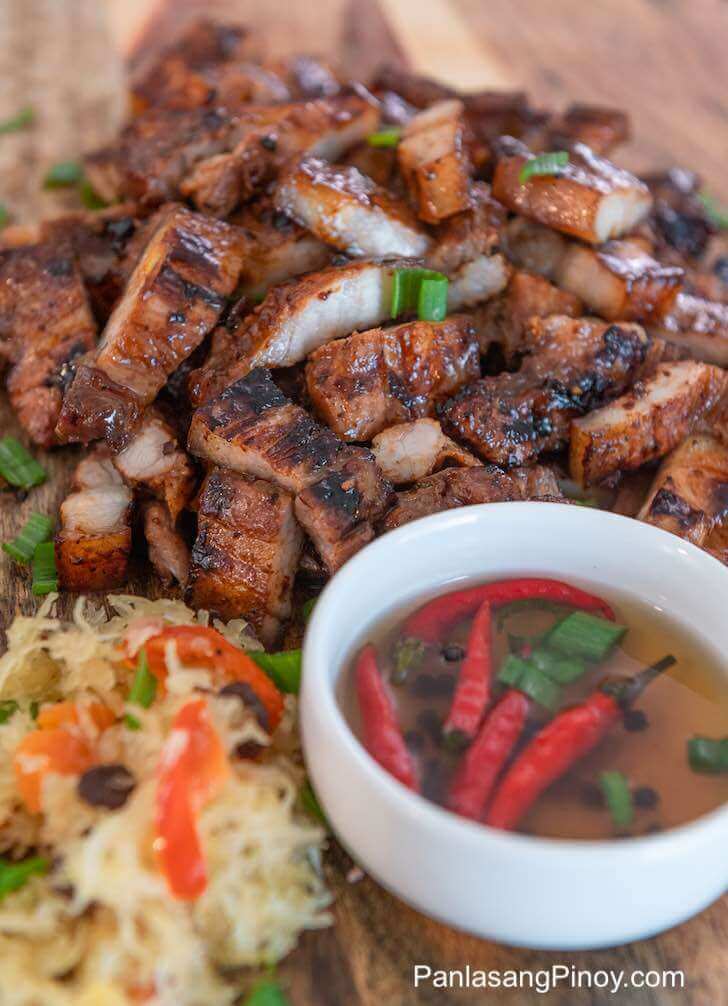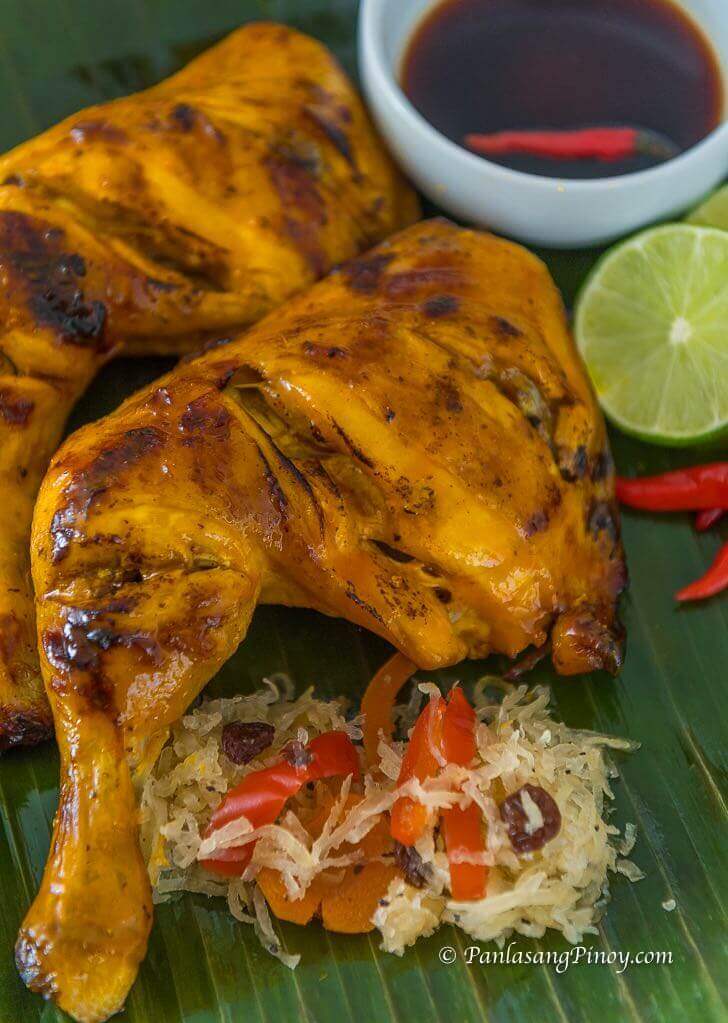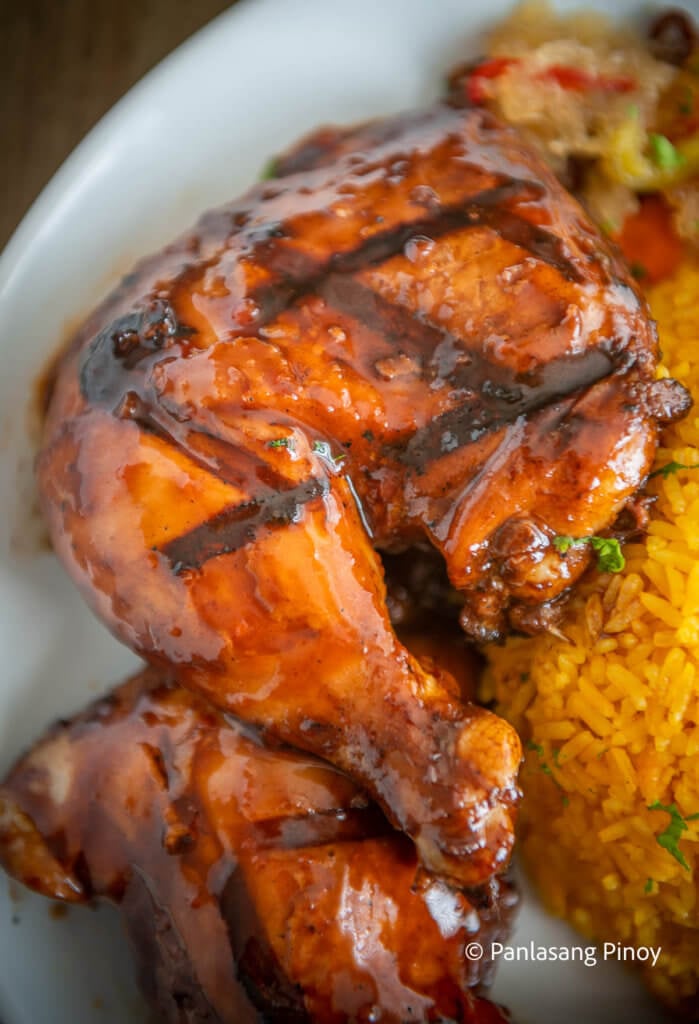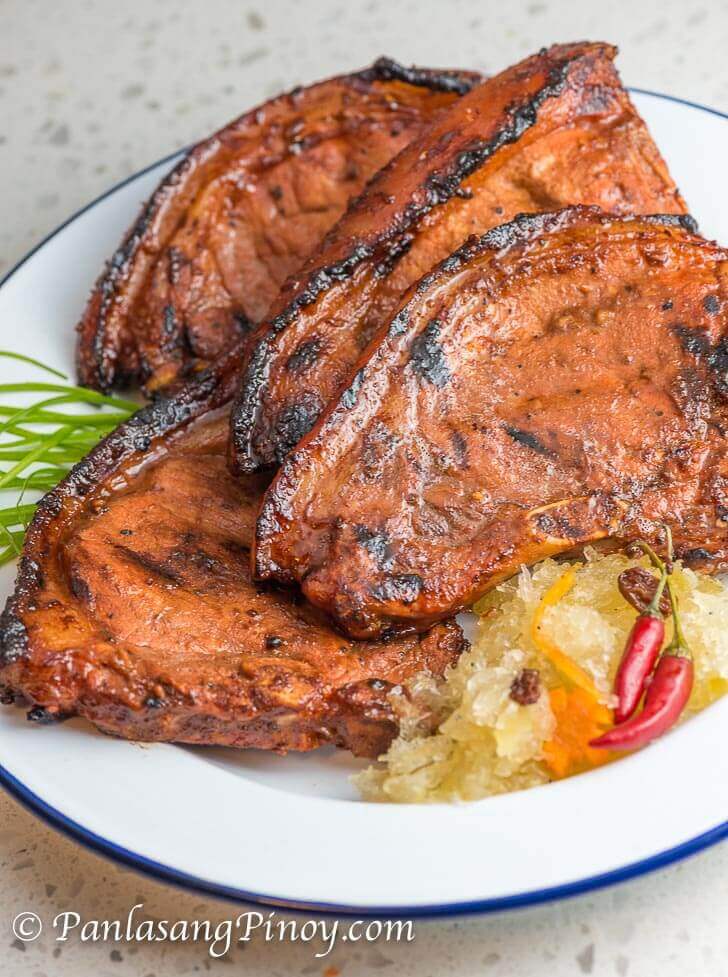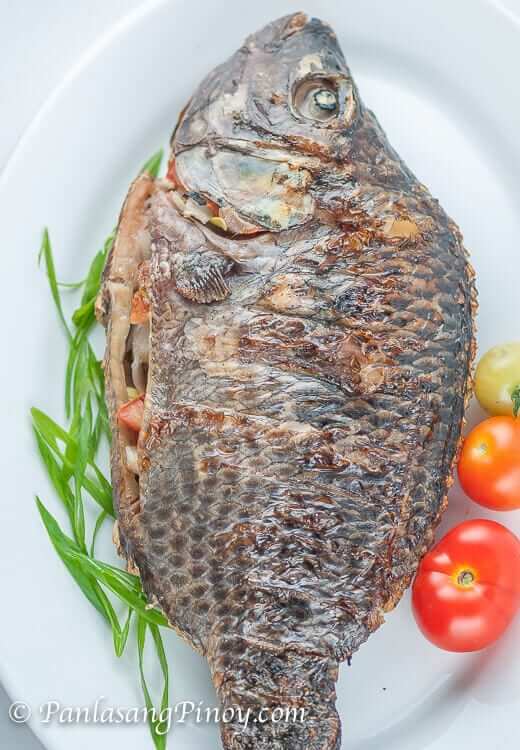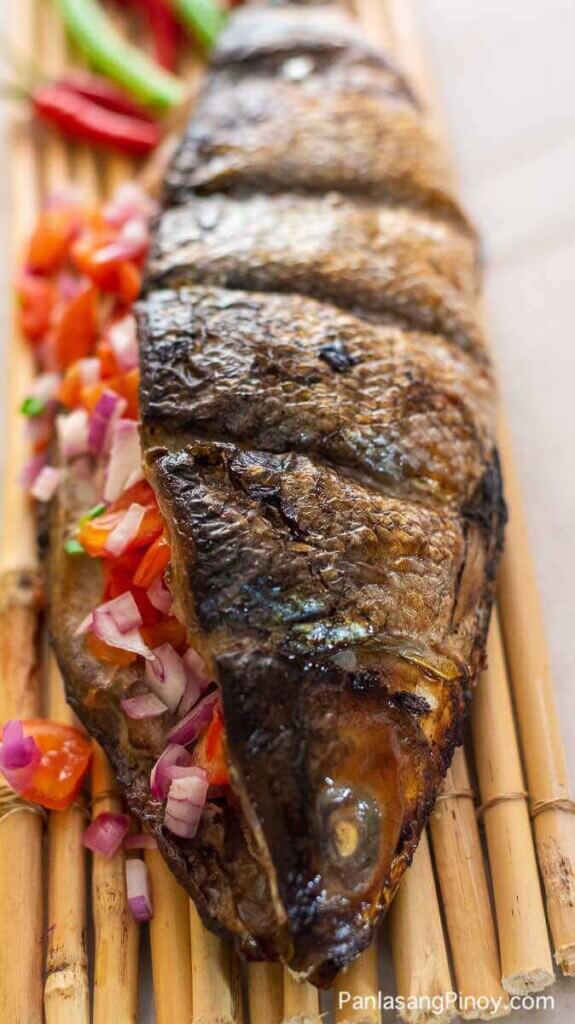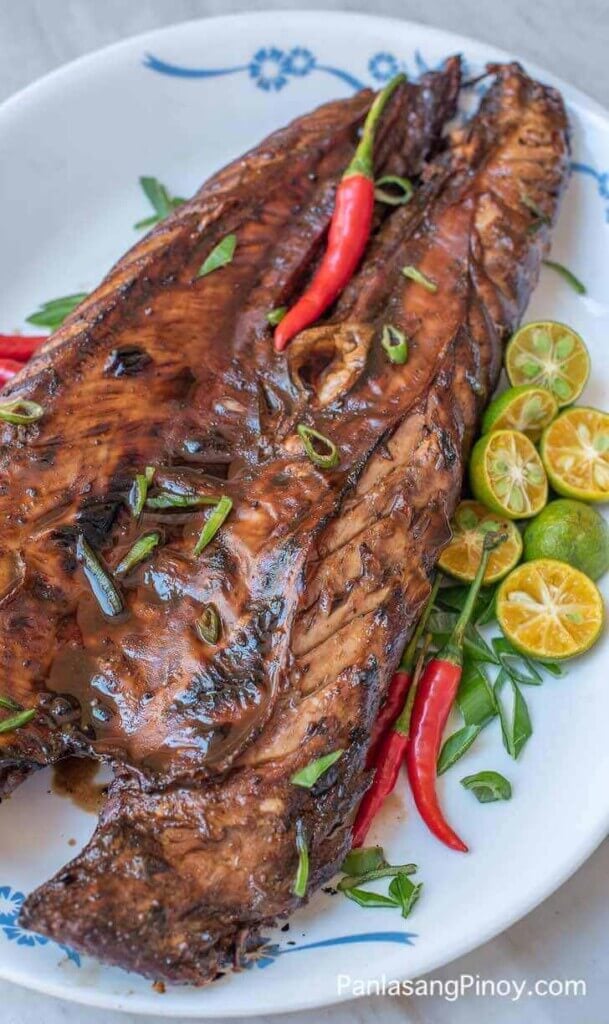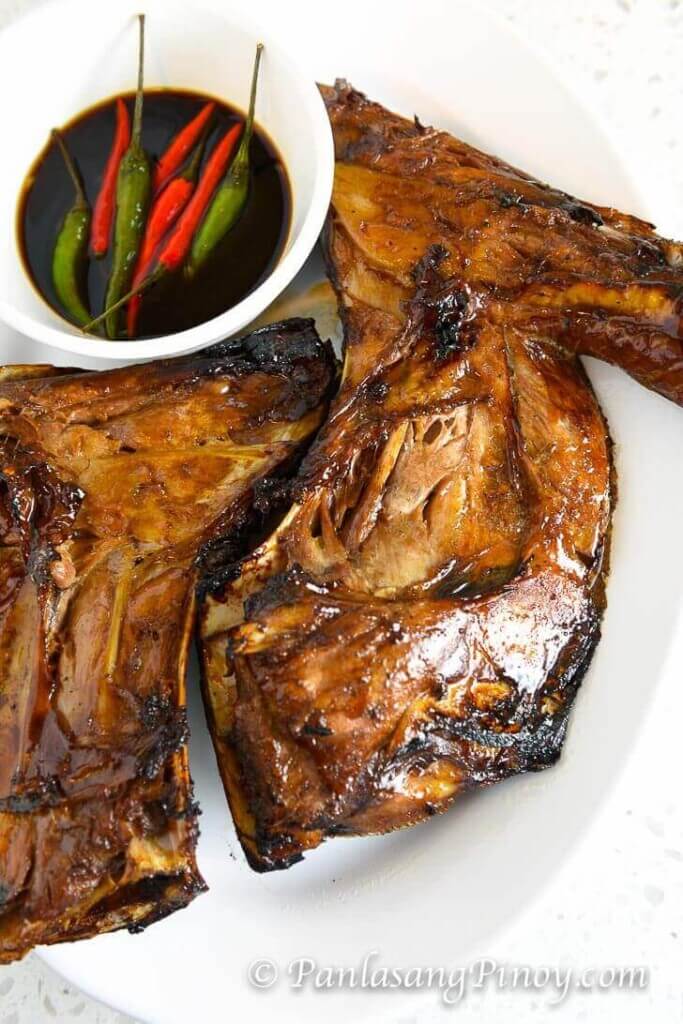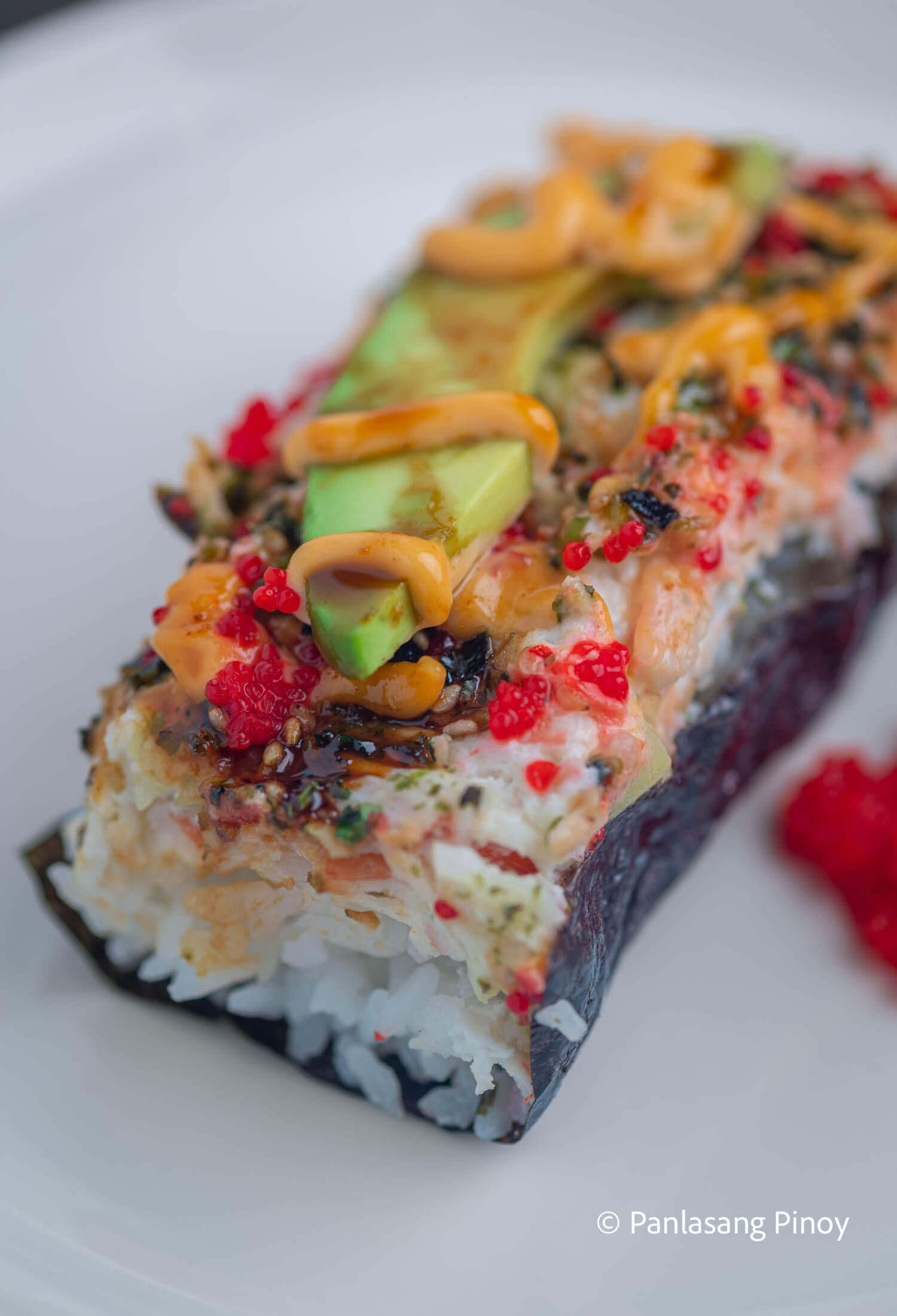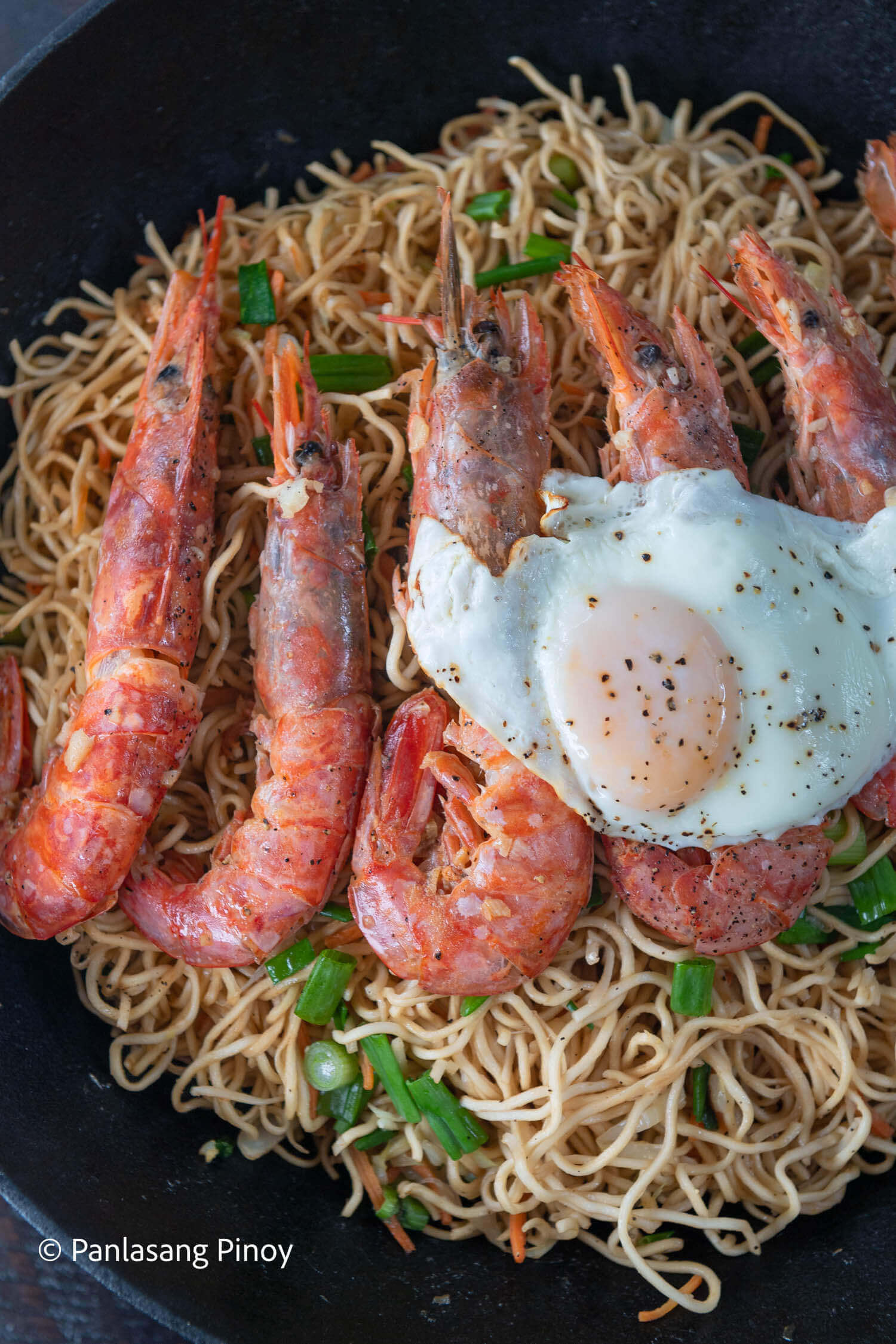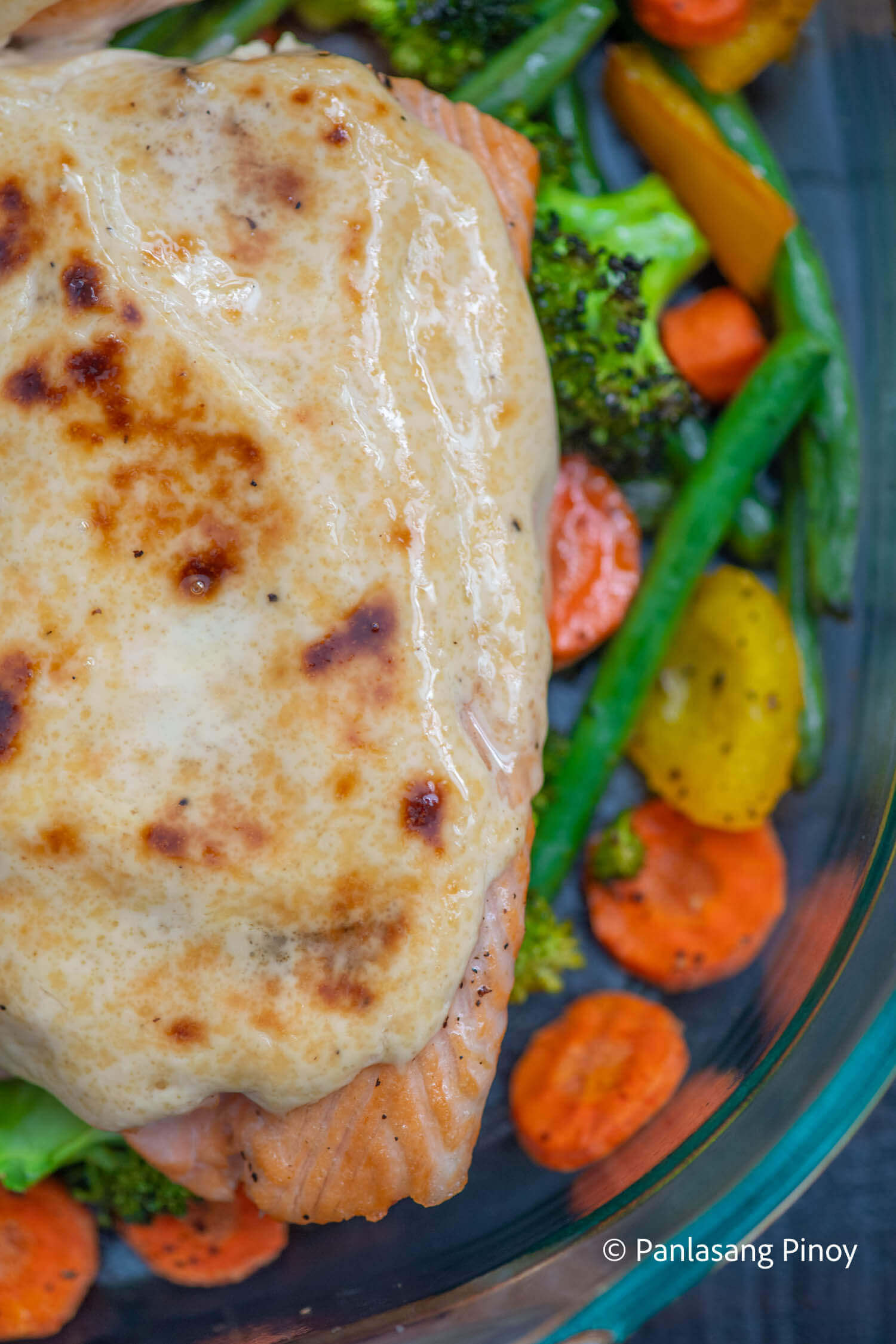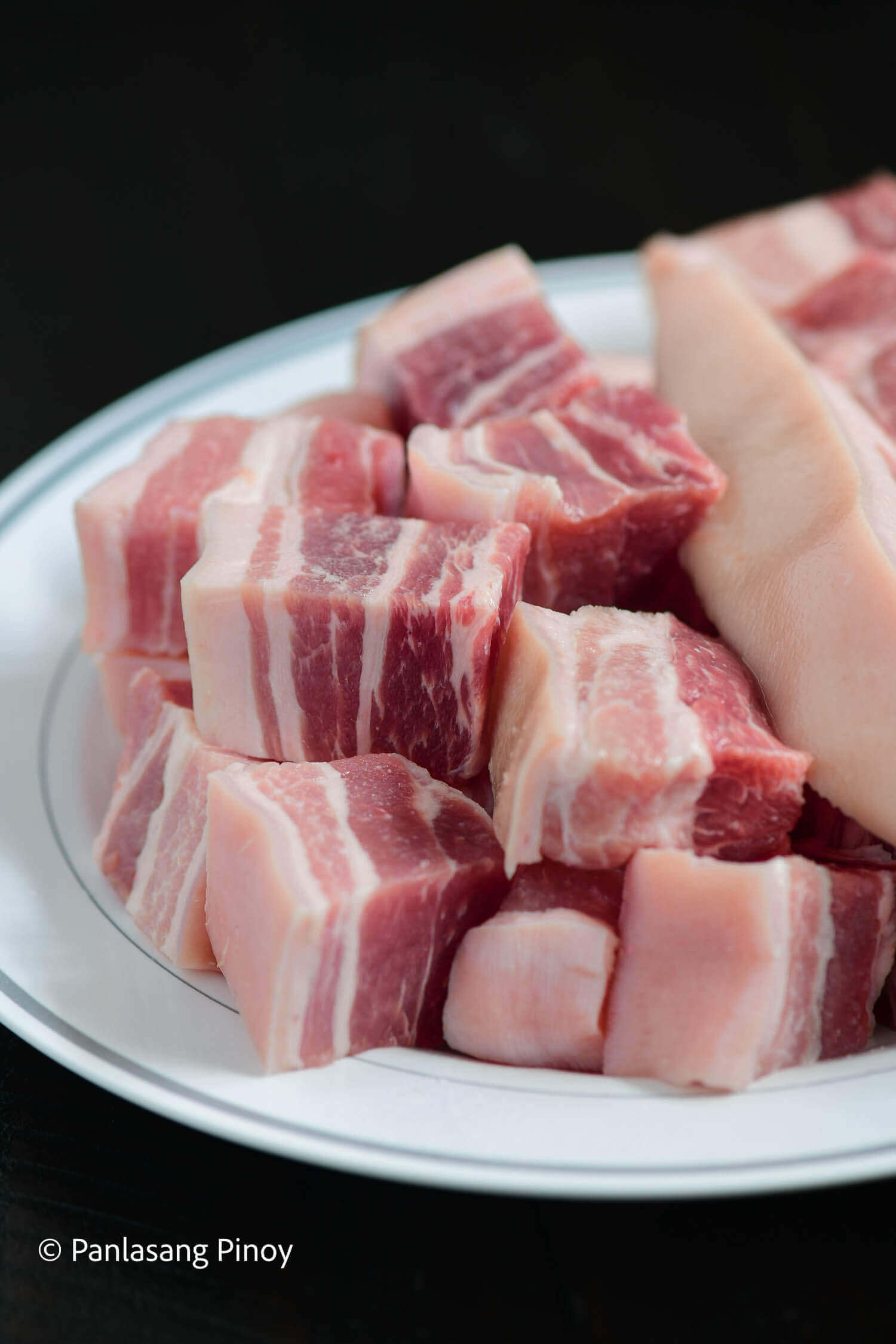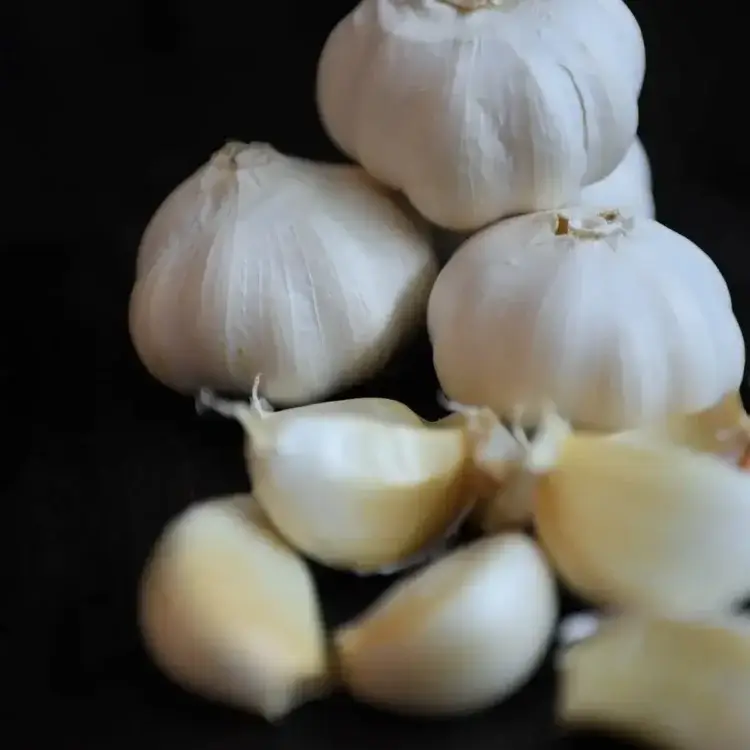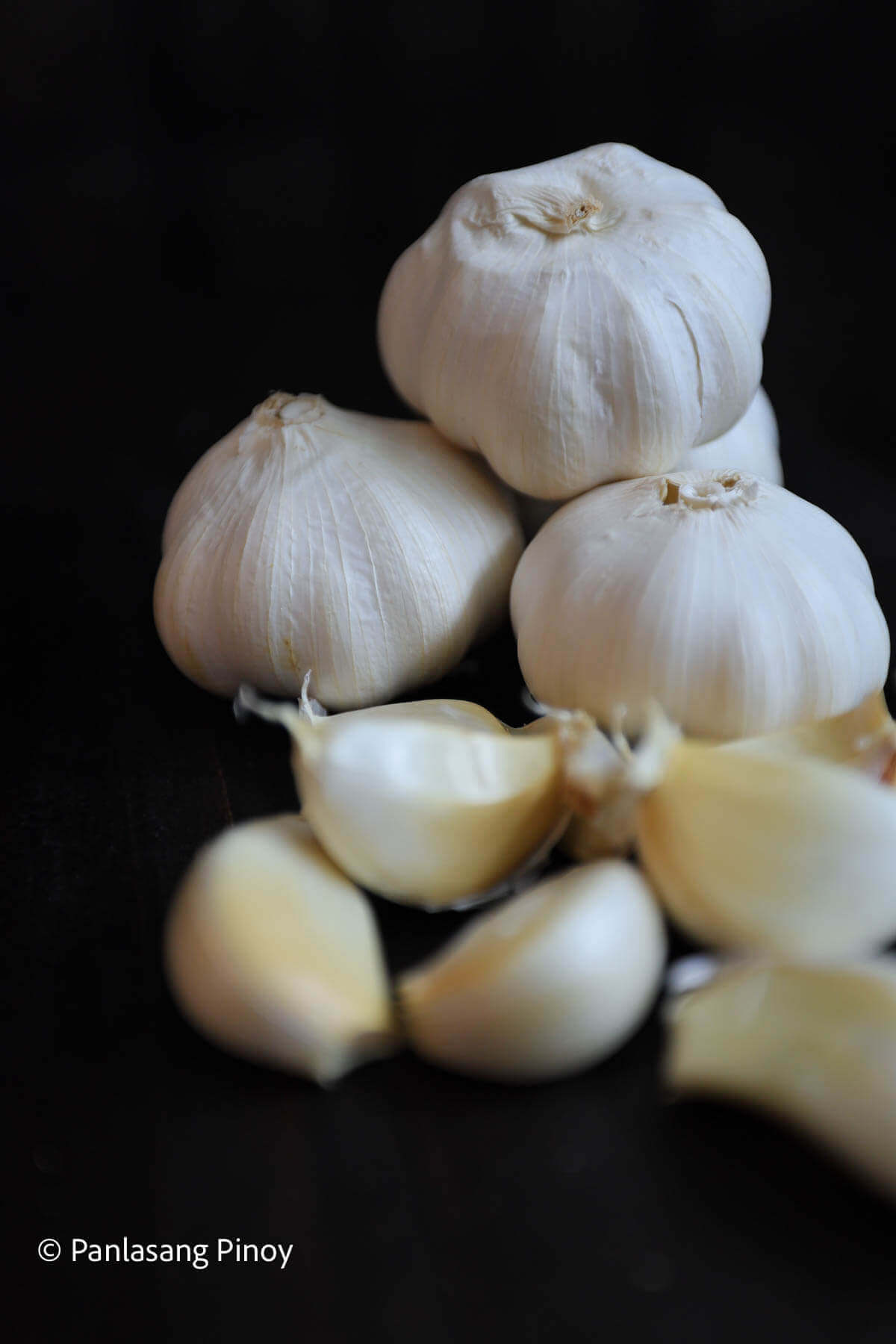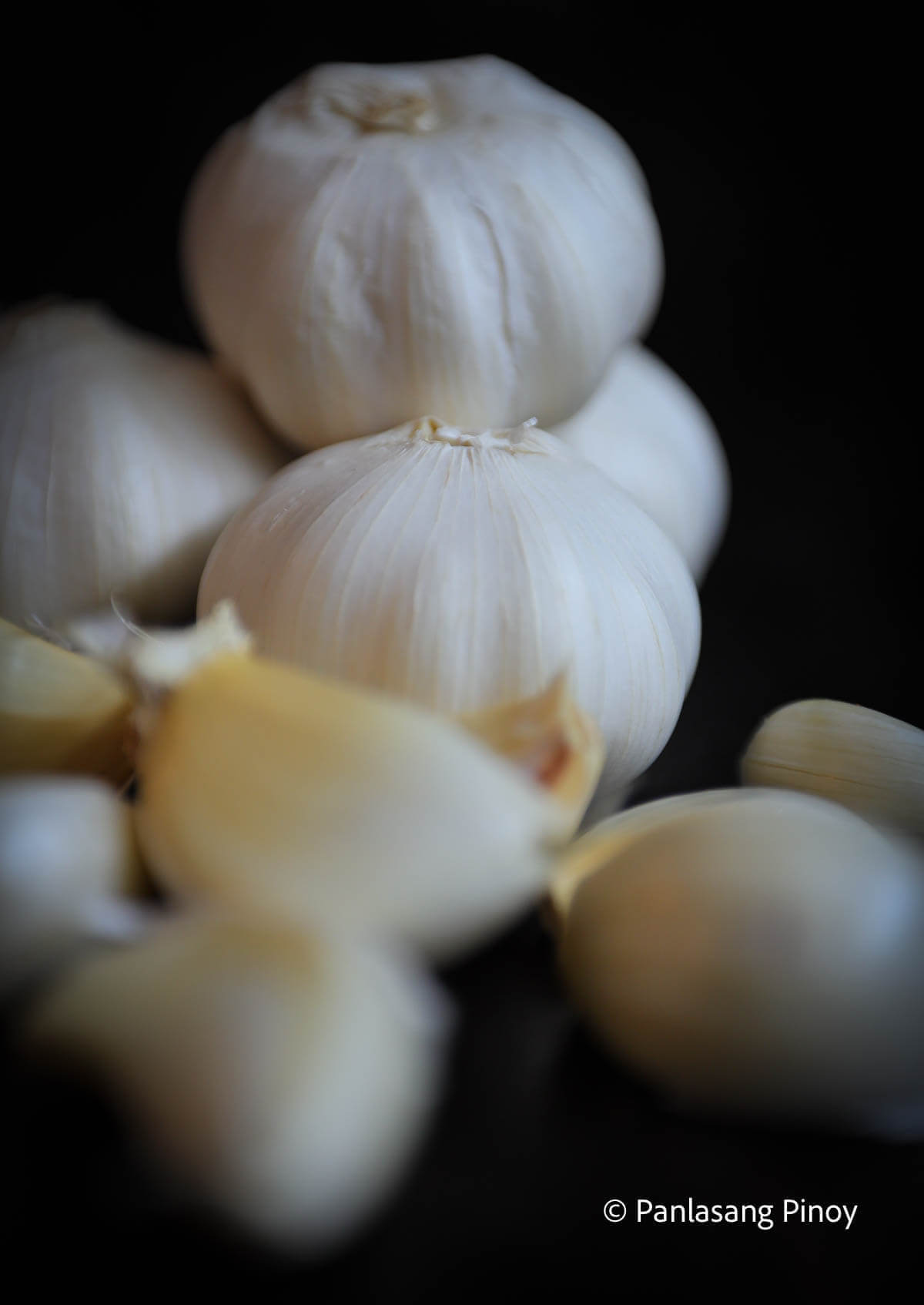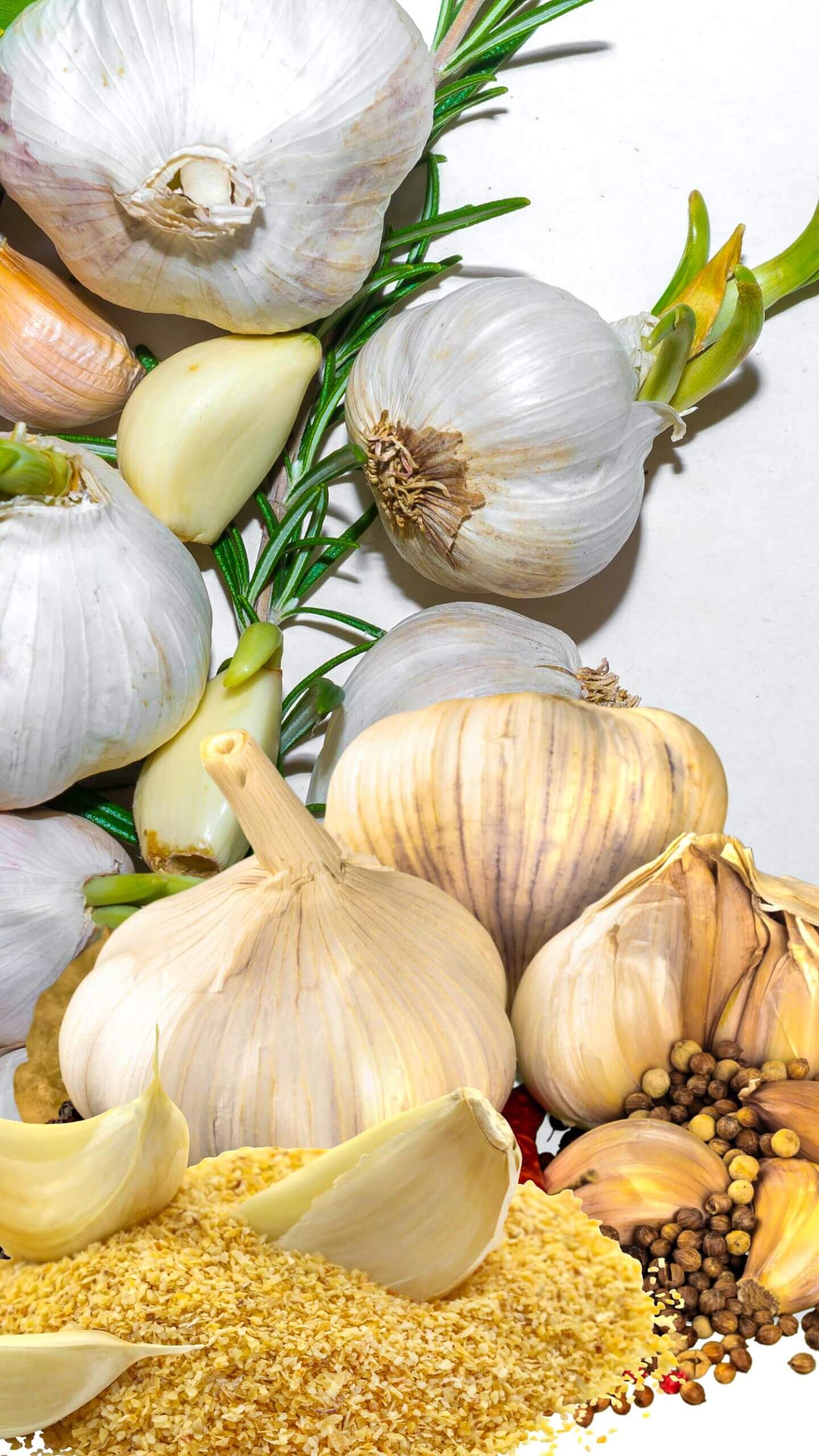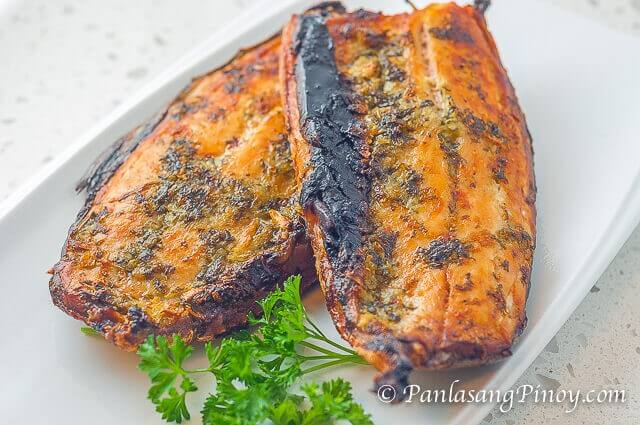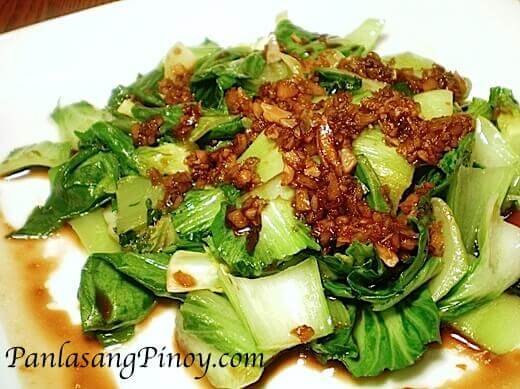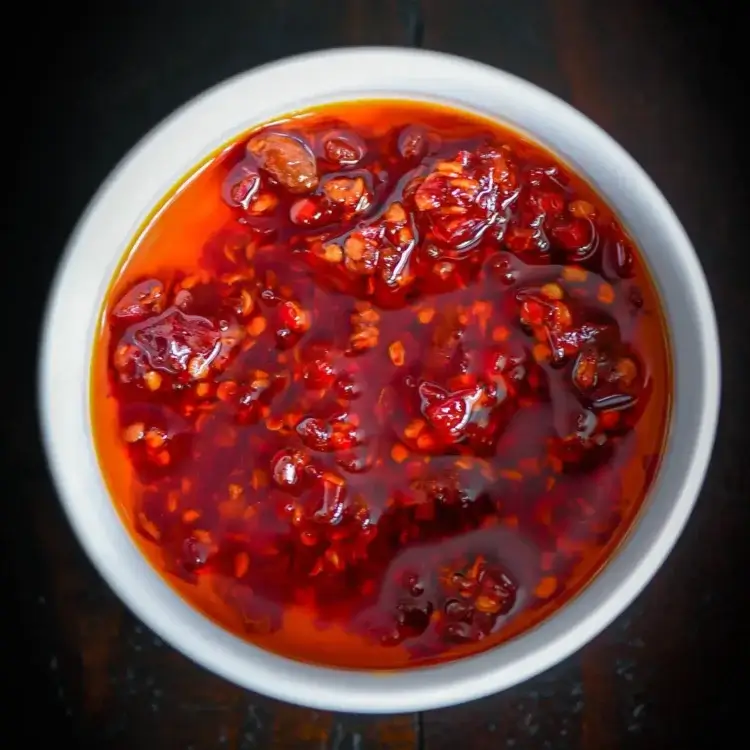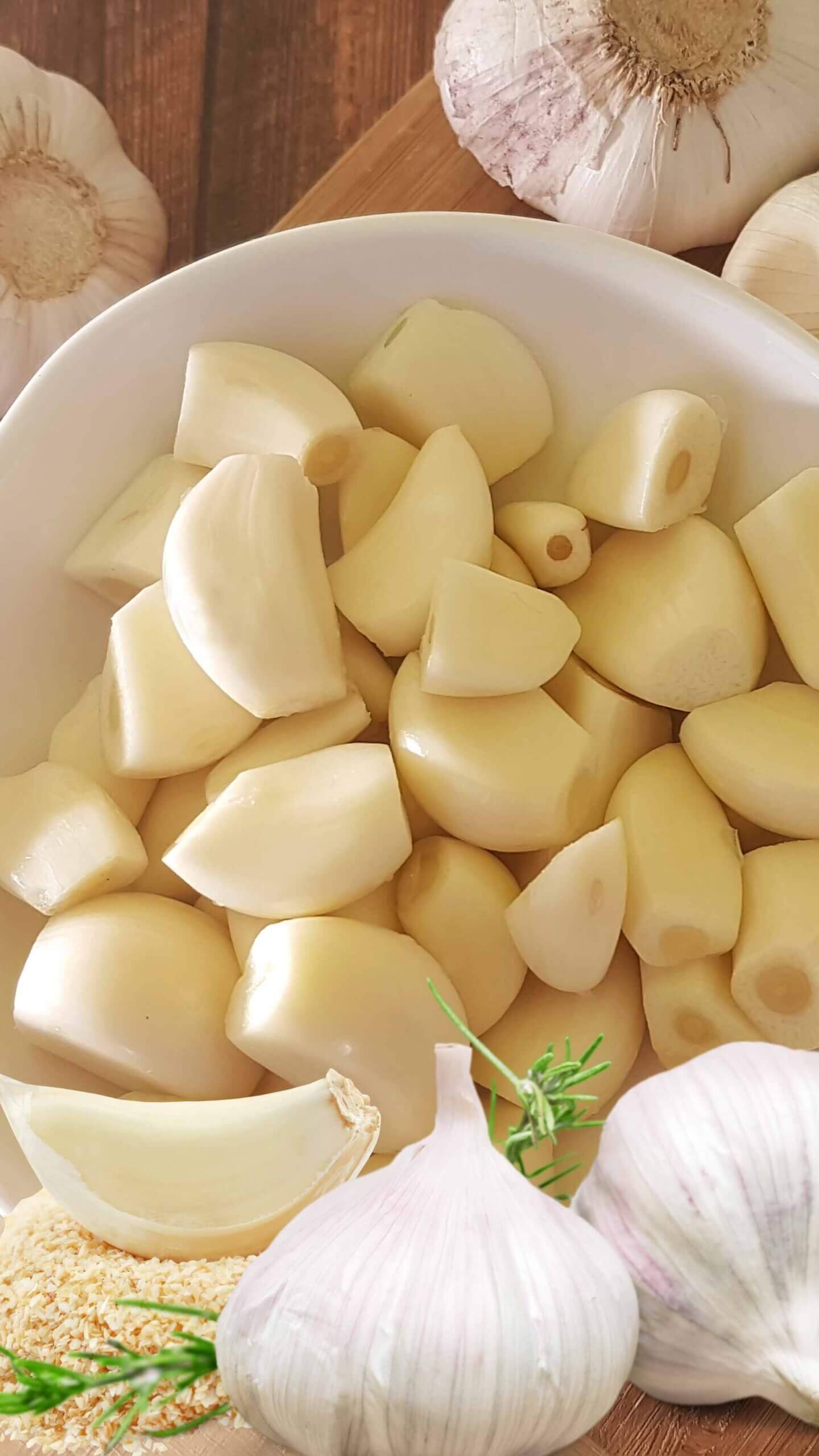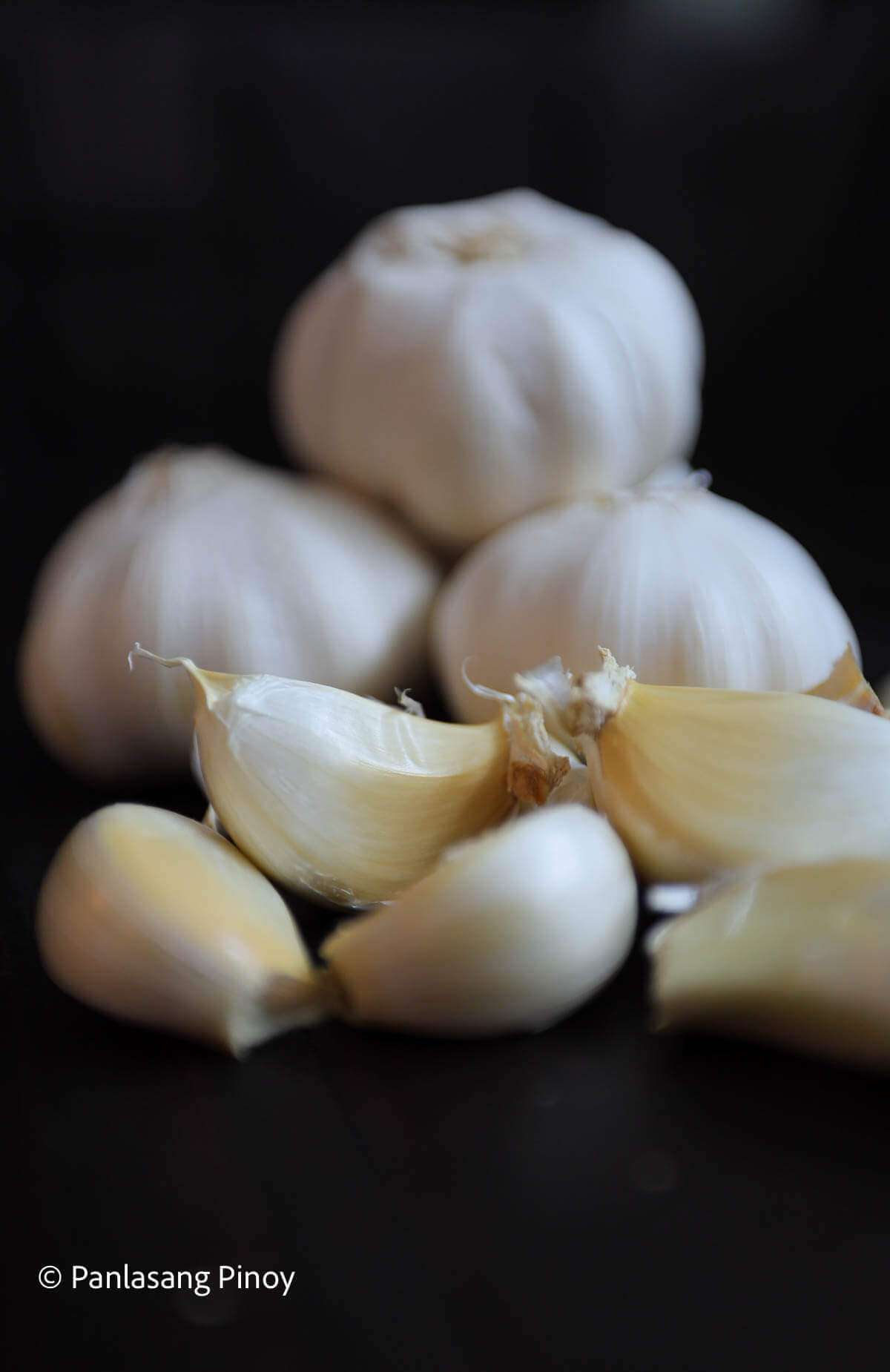BBQ Chicken with Java Rice
It’s hard to go wrong when you put chicken and rice together. But, what could make it even better? BBQ! This BBQ Chicken with a savory glaze tastes as good as it looks. The side of Java Rice is also a real visual delight.

BBQ Chicken with Java Rice is an easy recipe where marinated grilled chicken meets flavorful rice. I prepared the chicken using a marinade that combines sweet and umami flavors. It includes banana ketchup, lemon-lime soda, and soy sauce. Additionally, the Java Rice complements the chicken with its rich taste and aroma. It is made by cooking rice with turmeric powder, which gives it a vibrant yellow color. Together, the smoky chicken and fragrant rice create a satisfying and colorful meal!
I wanted to highlight the bold flavors of the chicken. For this reason, The Java Rice I used here is a basic recipe. I used butter to make it richer and infused it with garlic oil. Java Rice can also be served with other dishes such as fried pork chops. I have a great recipe for you to try: Pork Chop with Java Rice.
How to Cook BBQ Chicken with Java Rice
- Making Crispy Garlic Toppings And Garlic Oil – Place 1/4 cup of cooking oil and a head of crushed garlic in a saucepan. Heat it on the stovetop while stirring to ensure the garlic cooks evenly. When the garlic turns golden brown, remove it from the heat. Separate the toasted garlic from the oil.
- Deboning the chicken thigh – Locate the bone by creating an incision on the inner part of the chicken thigh. Pull off the bones and cut the connecting tissues to separate it from the meat.
- Preparing The Chicken Marinade And Marinating – In a bowl, combine 1/2 cup banana ketchup, 1/2 cup soy sauce, 1 cup lemon-lime soda, the juice of one lemon, 5 cloves of crushed garlic, 1/4 teaspoon ground black pepper, and 1/2 teaspoon salt. Pour the mixture into a large freezer bag with 4 cleaned chicken leg quarters. Shake gently to coat the chicken completely, remove excess air, and seal. Refrigerate for at least 3 hours to let the flavors penetrate deeply.
- Cooking Vibrant And Aromatic Java Rice – In your rice cooker, combine 2 cups of rice, 3 cups of water, 1 tablespoon of butter, 1 teaspoon turmeric powder, and 1 teaspoon chicken powder. Add 2 tablespoons of garlic oil for extra flavor. Cook until the rice is done – turmeric adds a vibrant yellow hue.
- Grilling The Chicken To Smoky Perfection – Take the marinated chicken out of the bag. Transfer the marinade to a saucepan and boil it for 1 minute. Let it cool down and stir in the remaining garlic oil. Grill the chicken for 12 to 15 minutes, flipping and basting regularly. Check that the internal temperature reaches 165°F for doneness.
- Plating And Final Touches – Serve the grilled chicken alongside the Java Rice. Sprinkle the toasted garlic on the rice and add a side of papaya atchara for a fresh, tangy balance. Enjoy your BBQ Chicken with Java Rice!

A Dish to Share with the Family
Do you love having your friends and family over? Whether you’re entertaining on a weeknight or having a casual gathering, consider serving Java Rice with BBQ. It’s a popular choice at many pop-up food stalls, and for good reason! It’s an excellent option for sharing a hearty and affordable meal with loved ones. Pair it with grilled chicken or pork for a hearty meal your guests will enjoy.
What to Serve with BBQ Chicken with Java Rice
Do you want to elevate the flavor of the BBQ chicken? You can drizzle some chicken or chili oil on the meat, or even on a spoonful of rice. You can also prepare a dip made with soy sauce, chili, and lime or calamansi.

Alternatively, serve it with fresh greens like pickled radish, garden salad, cucumber slices, or a tomato and onion salad.
If you are a fan of desserts and sweets after a hearty meal, try having some Filipino fruit salad. You can also enjoy the dish with Cranberry Apple Juice or a refreshing glass of cold Melon Juice.

BBQ Chicken with Java Rice
Ingredients
- 4 chicken leg quarters cleaned
- 1 head garlic crushed
- 1/4 cup cooking oil
Marinade ingredients:
Java rice ingredients:
- 2 cups rice
- 3 cups water
- 1 tablespoon butter
- 1 teaspoon turmeric powder
- 1 teaspoon chicken powder
Instructions
- Make the toasted garlic by combining 1/4 cup of cooking oil and 1 head crushed garlic in a saucepan. Turn on the heat on your stovetop and slowly cook while stirring until the garlic turns golden brown. (see notes below)1/4 cup cooking oil, 1 head garlic
- Separate the toasted garlic from the garlic oil.
- Make the marinade by combining all the marinade ingredients. Stir to mix.1/2 cup banana ketchup, 1/2 cup soy sauce, 1 cup lemon lime soda, 1 lemon, 5 cloves garlic, 1/4 teaspoon ground black pepper, 1/2 teaspoon salt
- Put the chicken leg quarters inside a large freezer bag and then pour-in the marinade.4 chicken leg quarters
- Shake the bag gently to coat the chicken with marinade then remove the air inside the bag. Seal the bag then refrigerate. Marinate for at least 3 hours.
- Meanwhile, make the java rice by combining all the java rice ingredients plus 2 tablespoons of garlic oil in a rice cooker. Cook until the rice is done.2 cups rice, 3 cups water, 1 tablespoon butter, 1 teaspoon turmeric powder, 1 teaspoon chicken powder
- Remove the chicken from the bag and transfer the remaining marinade to a saucepan.
- Cover the saucepan and boil the remaining marinade for 1 minute. Let it cool down and then add the remaining garlic oil. Stir.
- Heat-up your grill and start grilling the chicken for 12 to minutes or until the chicken is completely cooked (165F internal temp). Baste the chicken every time you turn it over. Remove from the grill and arrange the grilled chicken and java rice on a serving plate. Top the rice with toasted garlic. Serve with papaya atchara.
- Share and enjoy!
Notes
Nutrition
Watch How to Cook BBQ Chicken with Java Rice



